On our way home from a recent trip to Vegas, Cindy and I decided to do what we often end up doing and that's to head off pavement and take a long cut across the Northern Nevada desert. On this particular excursion, we made our way out to the edge of a military base and so that we could explore the shoreline of an ancient dry lake. Being that this was a completely unscheduled trip, we didn't take a whole lot of pics but thought some of you would still enjoying seeing some of the things that we got to see.
One of the things we love most about Northern Nevada is that it doesn't take a whole lot of effort to find yourself out in the middle of nowhere.
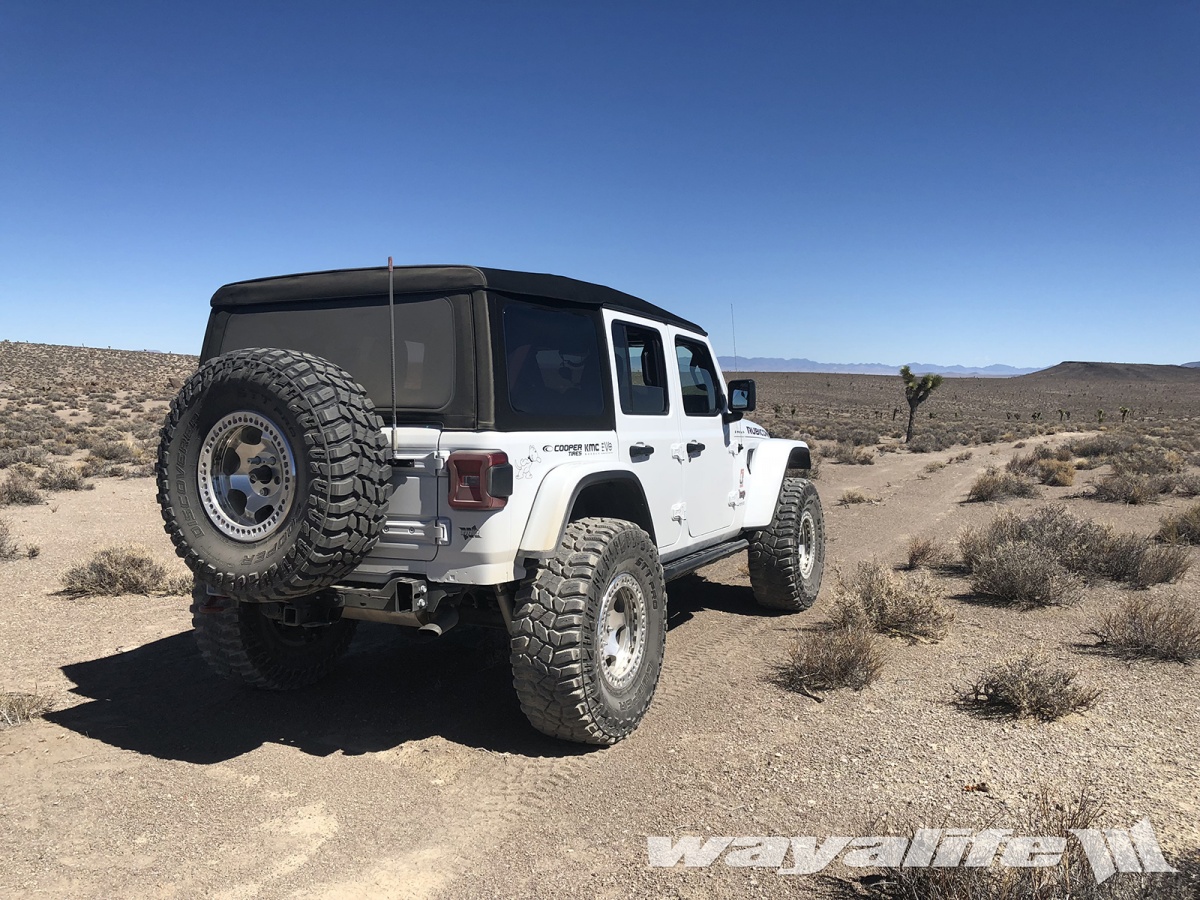
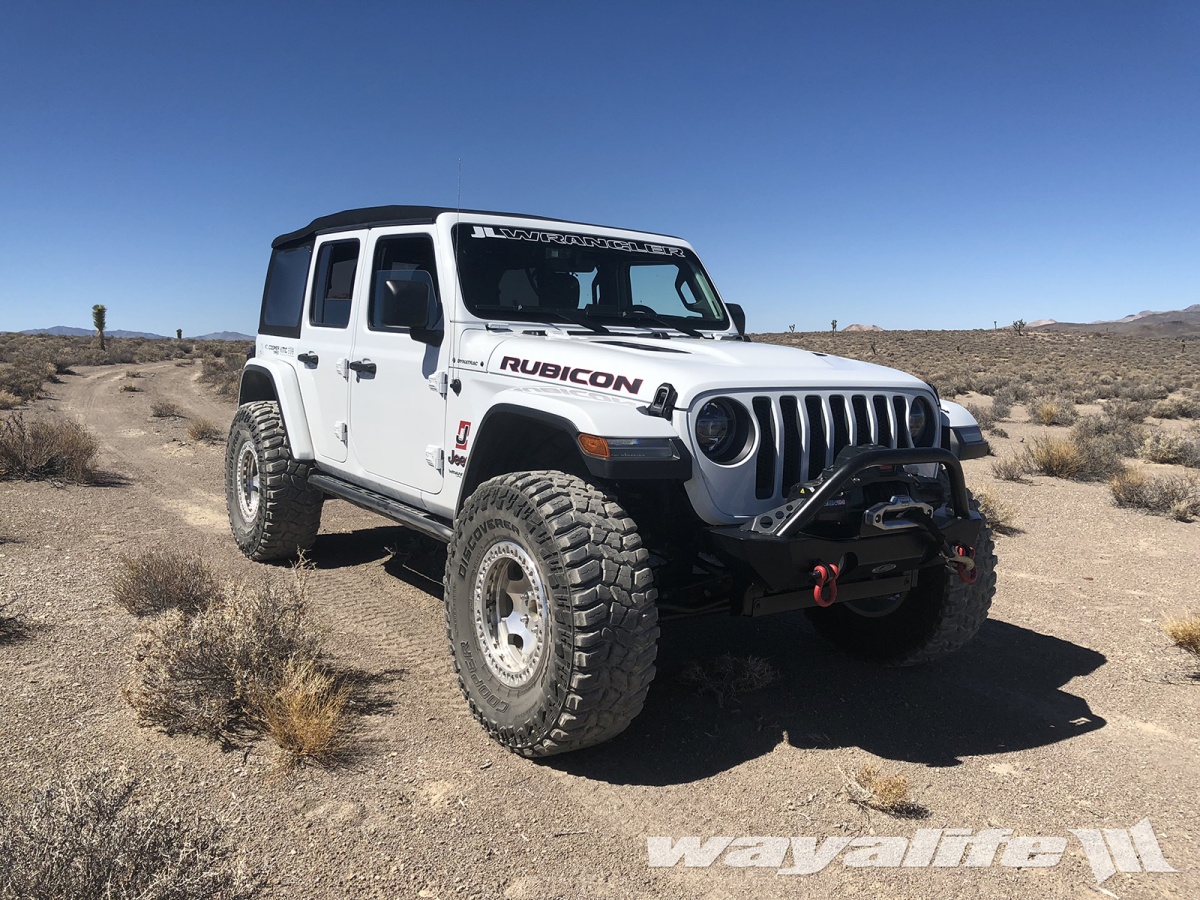
And there it is - the dry lake we've been looking for.
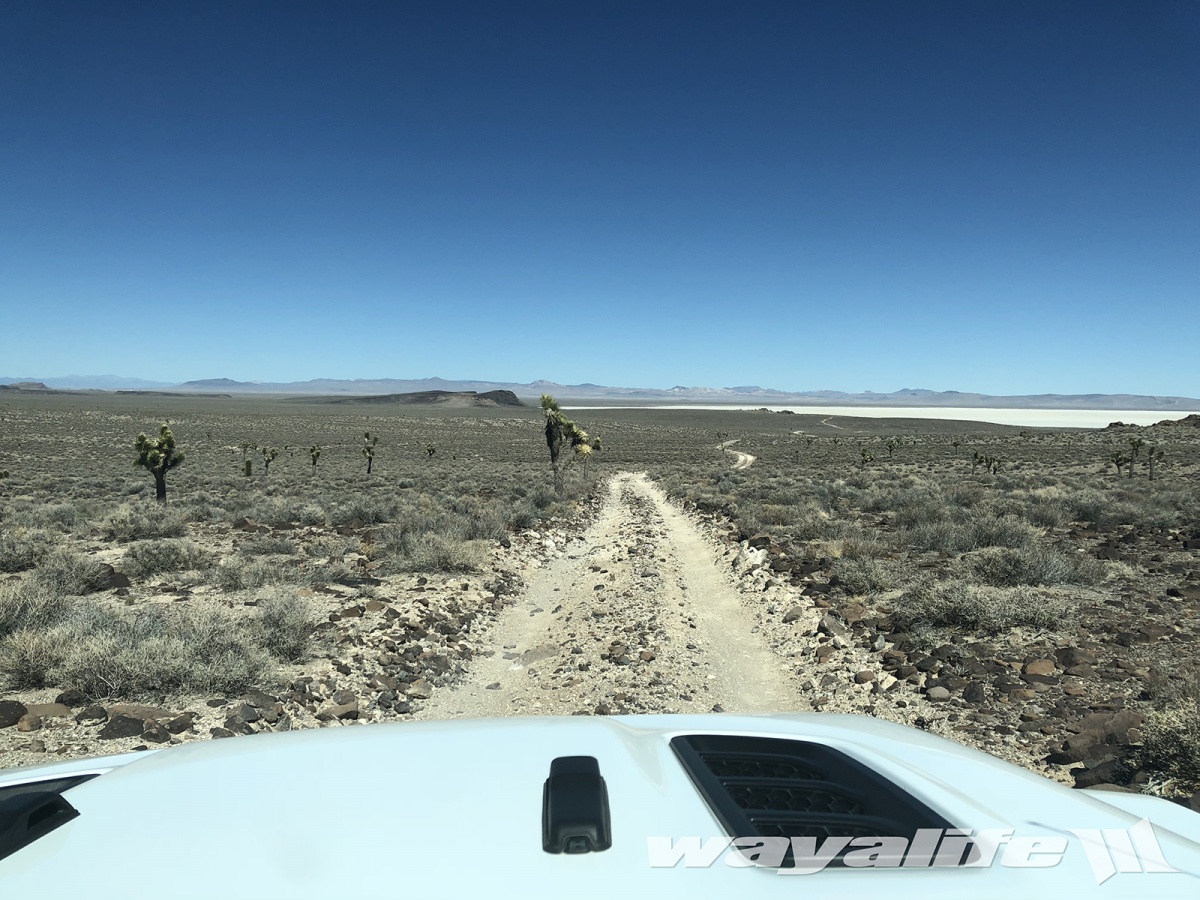
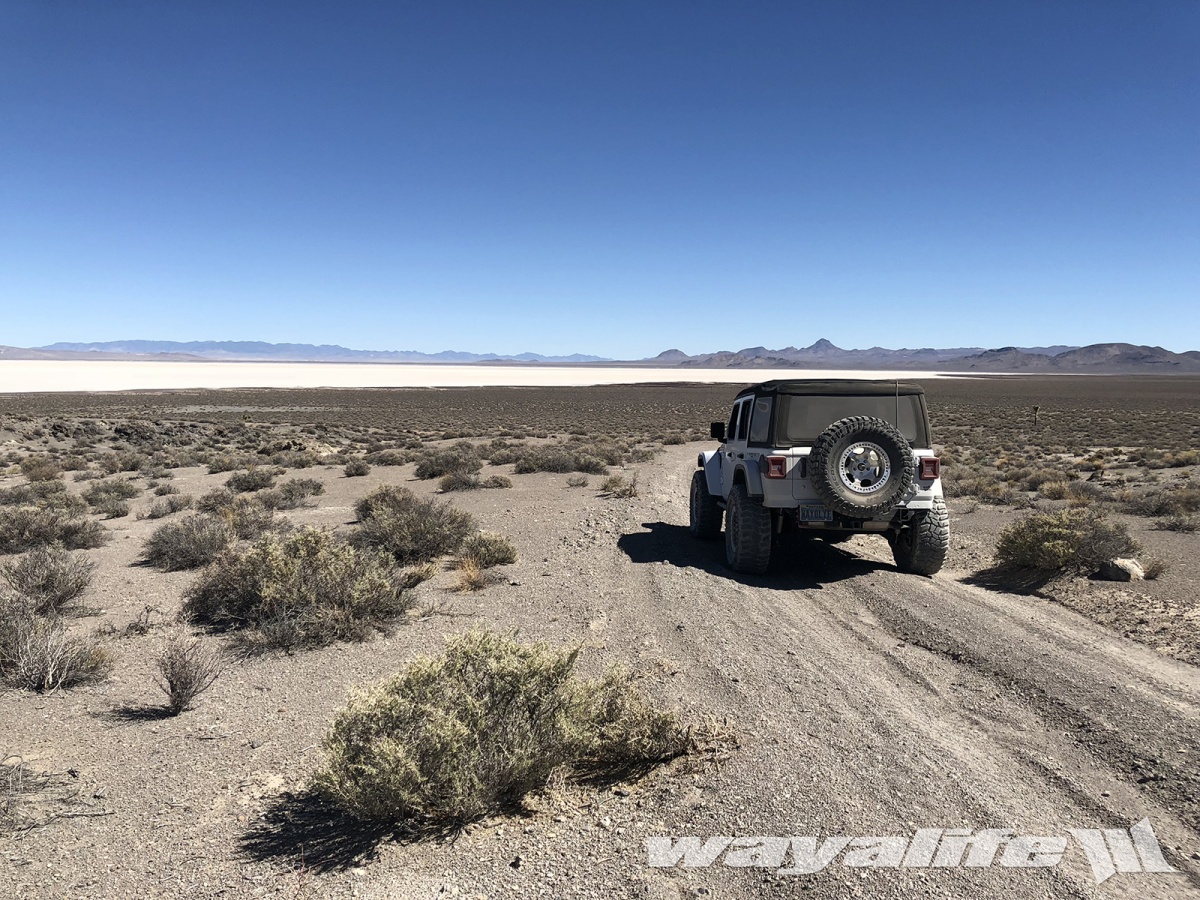
Diving into the dusty playa.
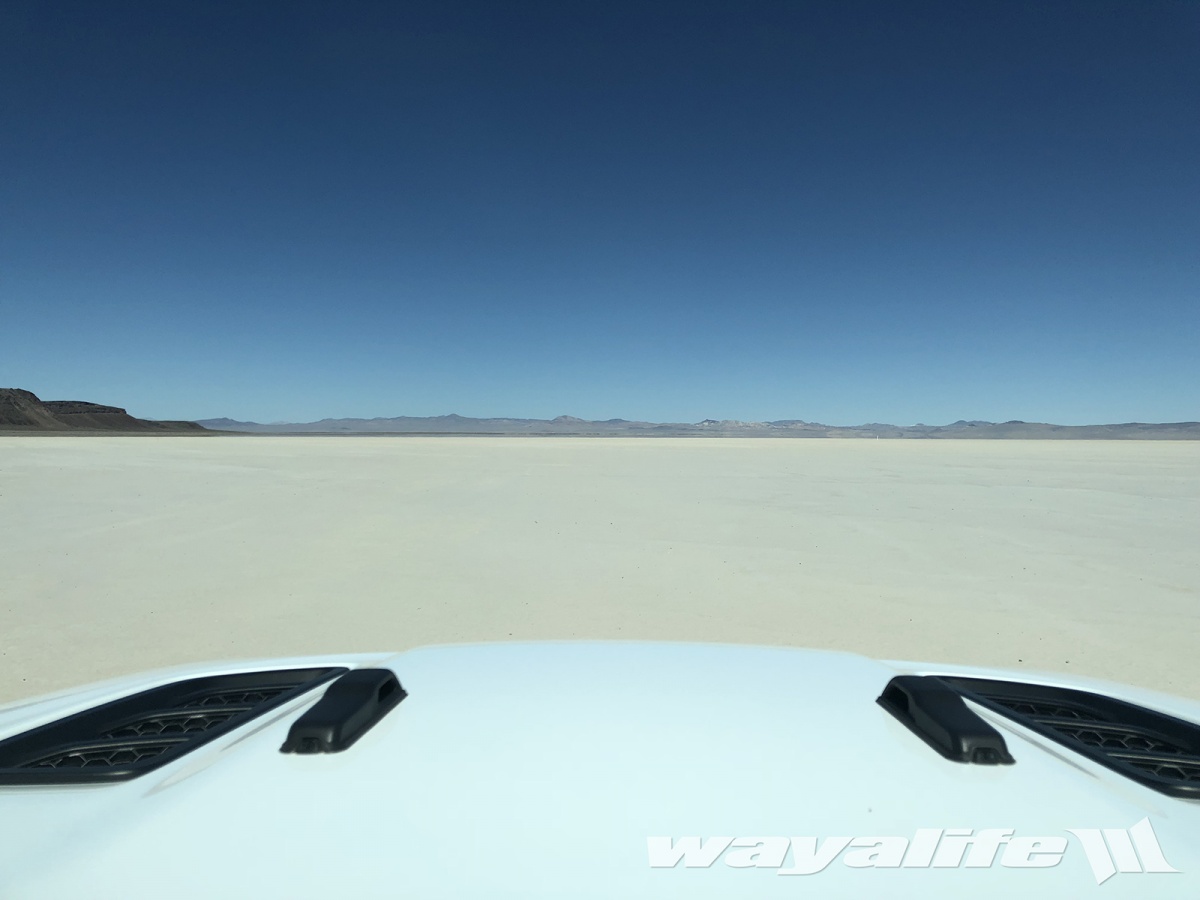
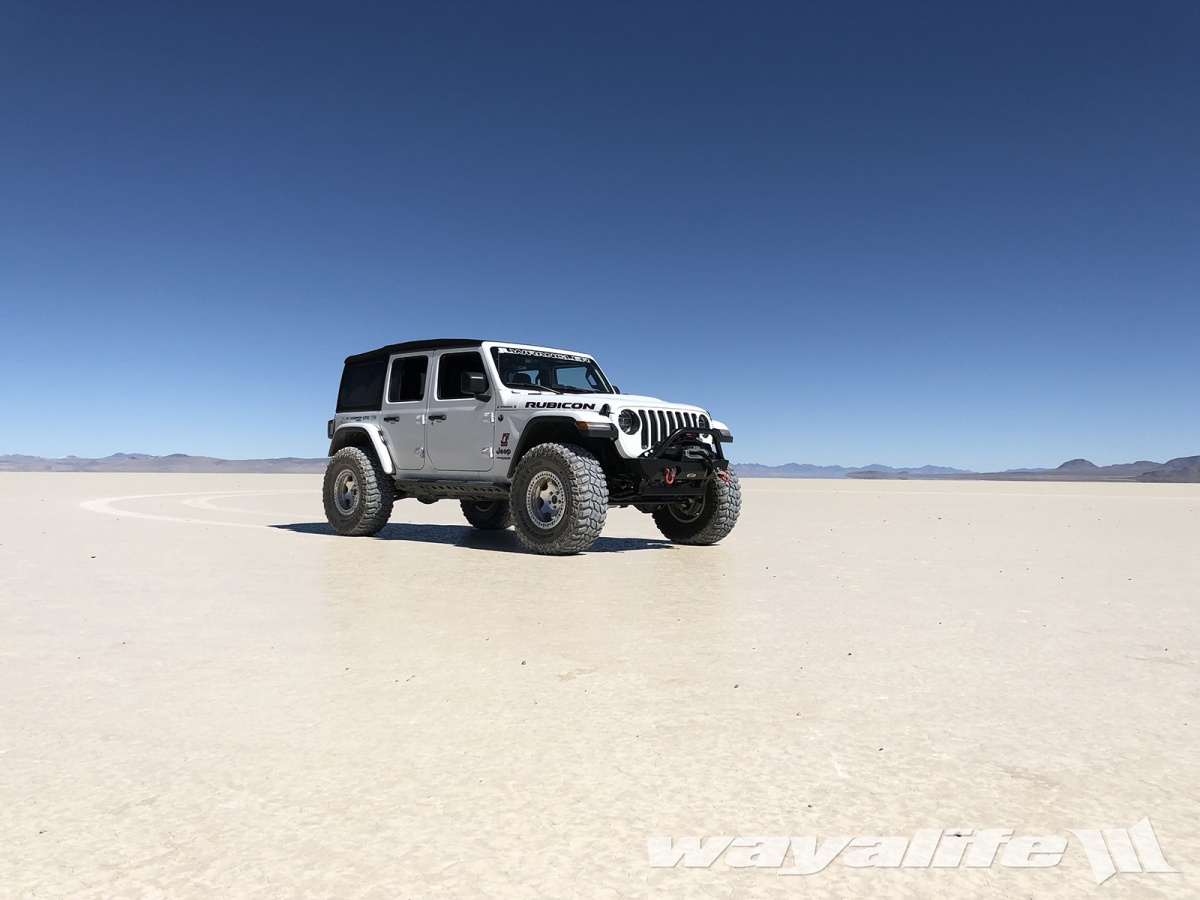
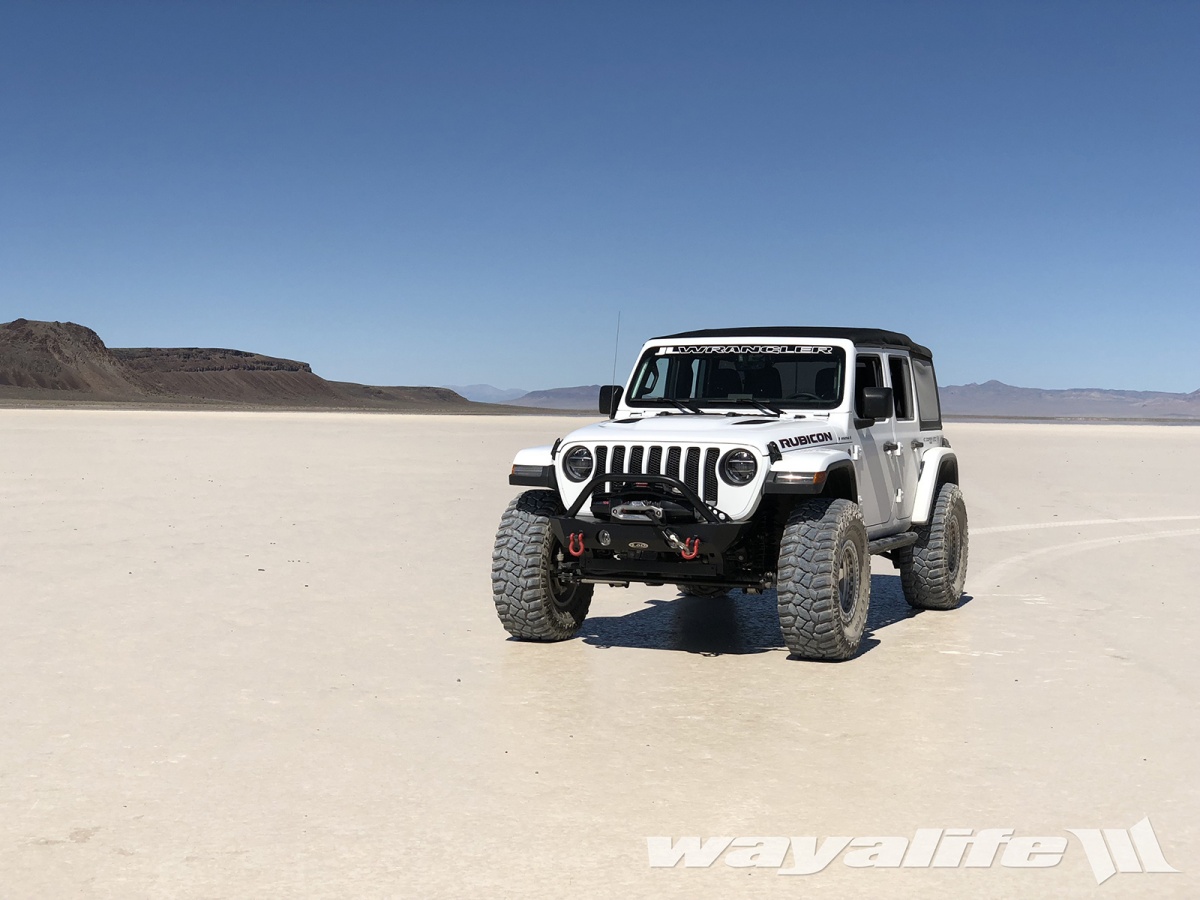
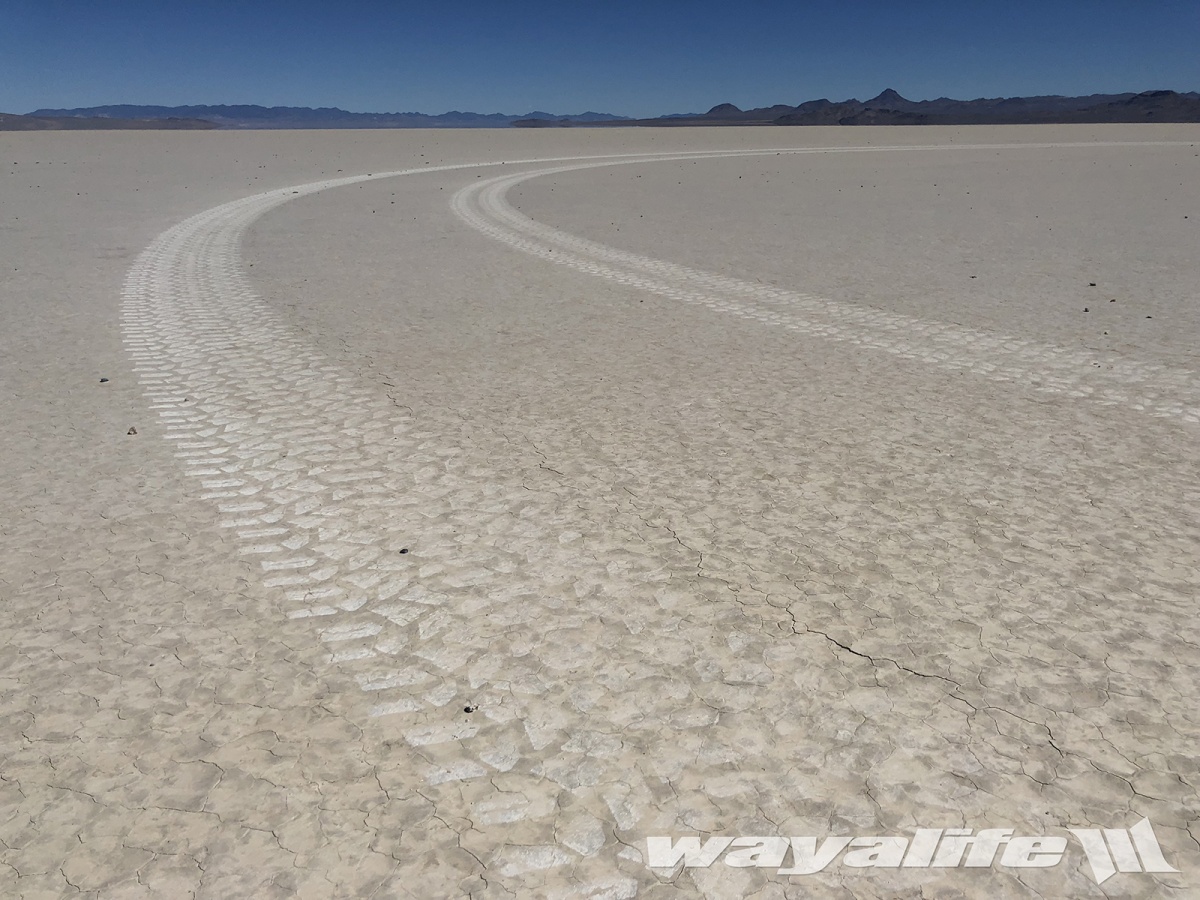
While there are a myriad of small black stones strewn across the surface of the playa, a closer examination showed that many of them weren't stones at all but rather, .50 cal bullets.
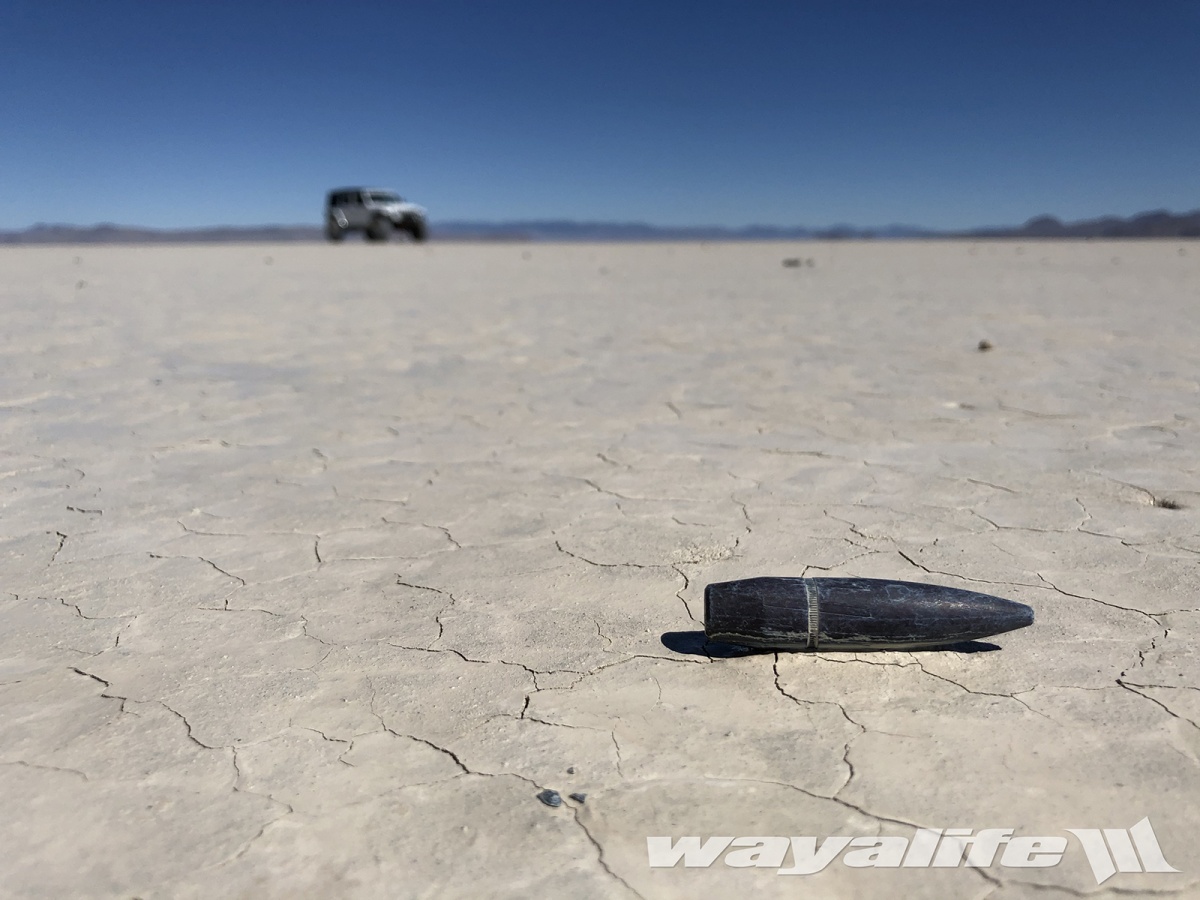
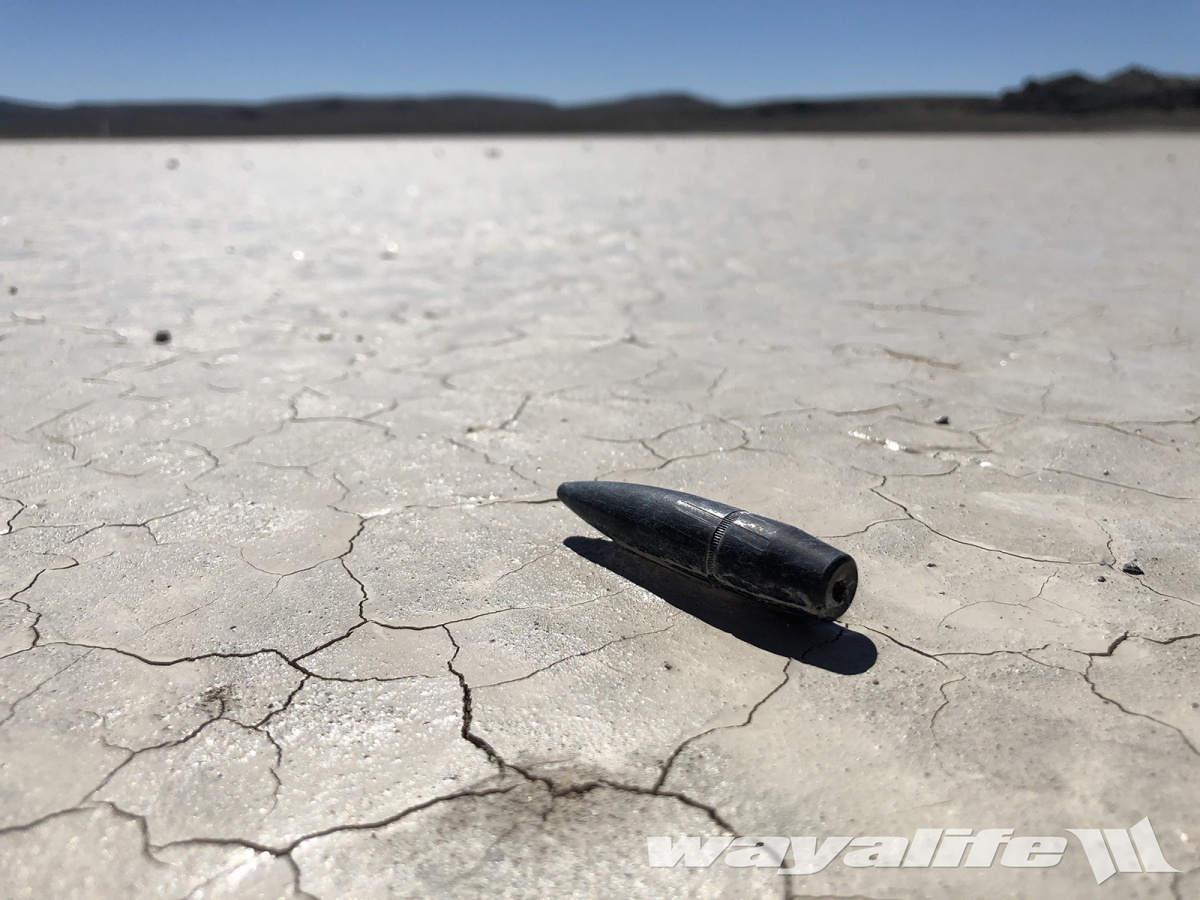
Back on shore, we worked our way over to an interesting looking bluff covered in tuffas.
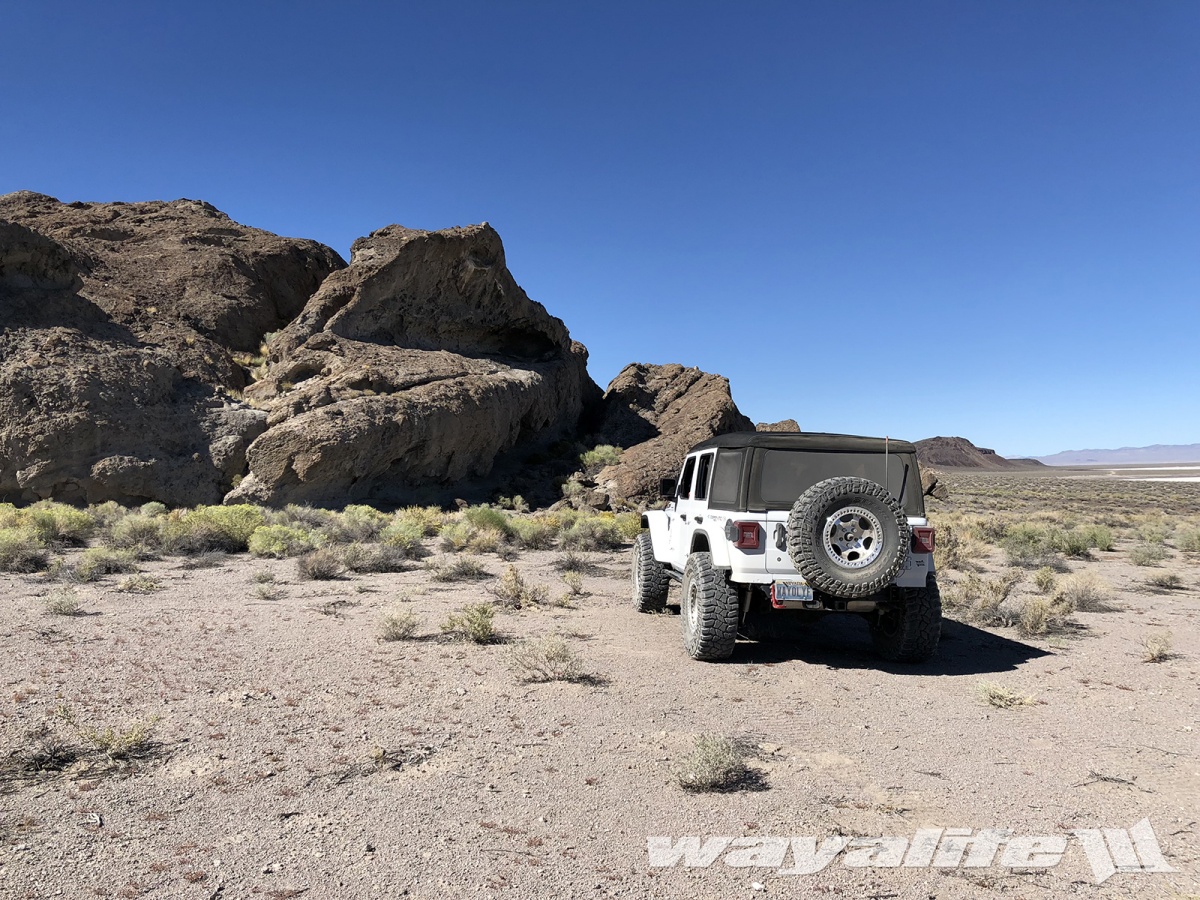
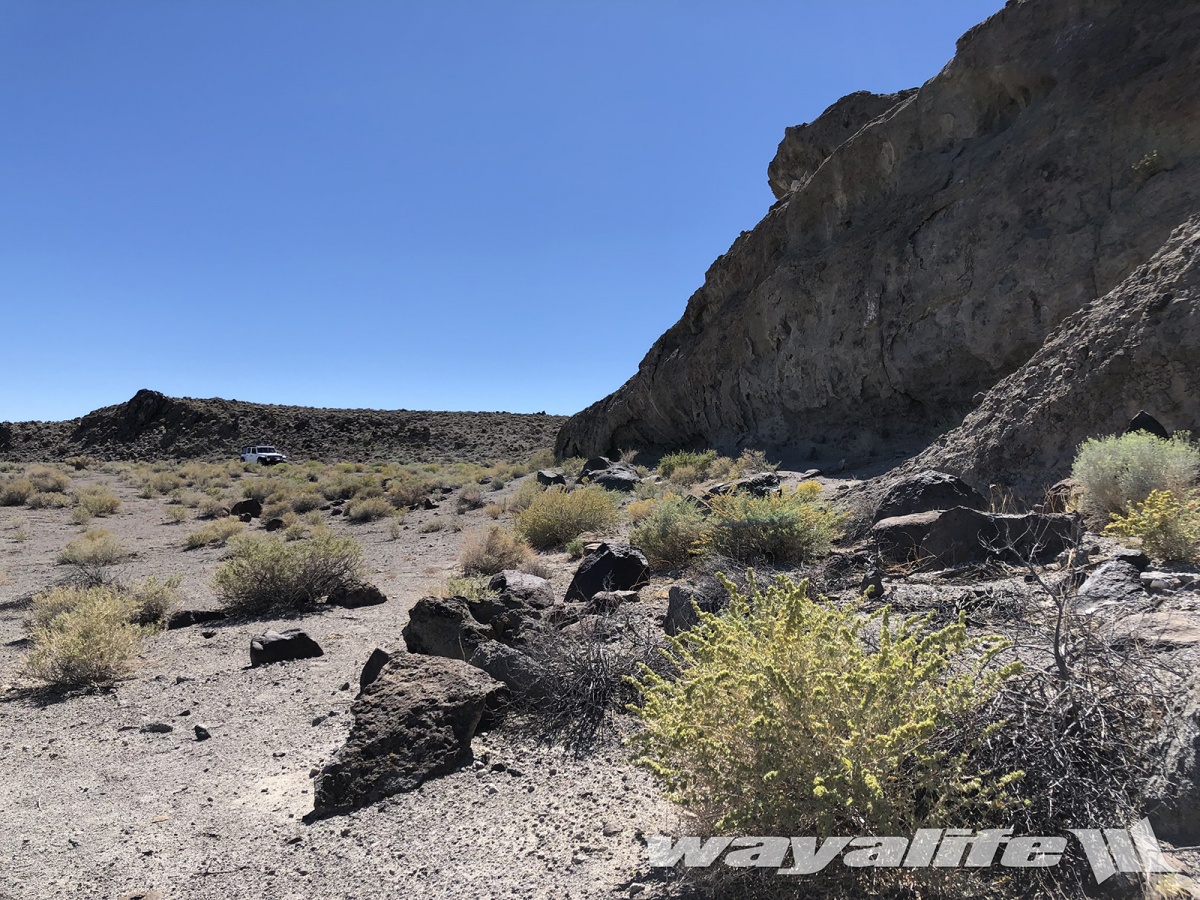
About 10,000 years ago, this dry lake would have been filled with water and traces of ancient human habitation can be found here.
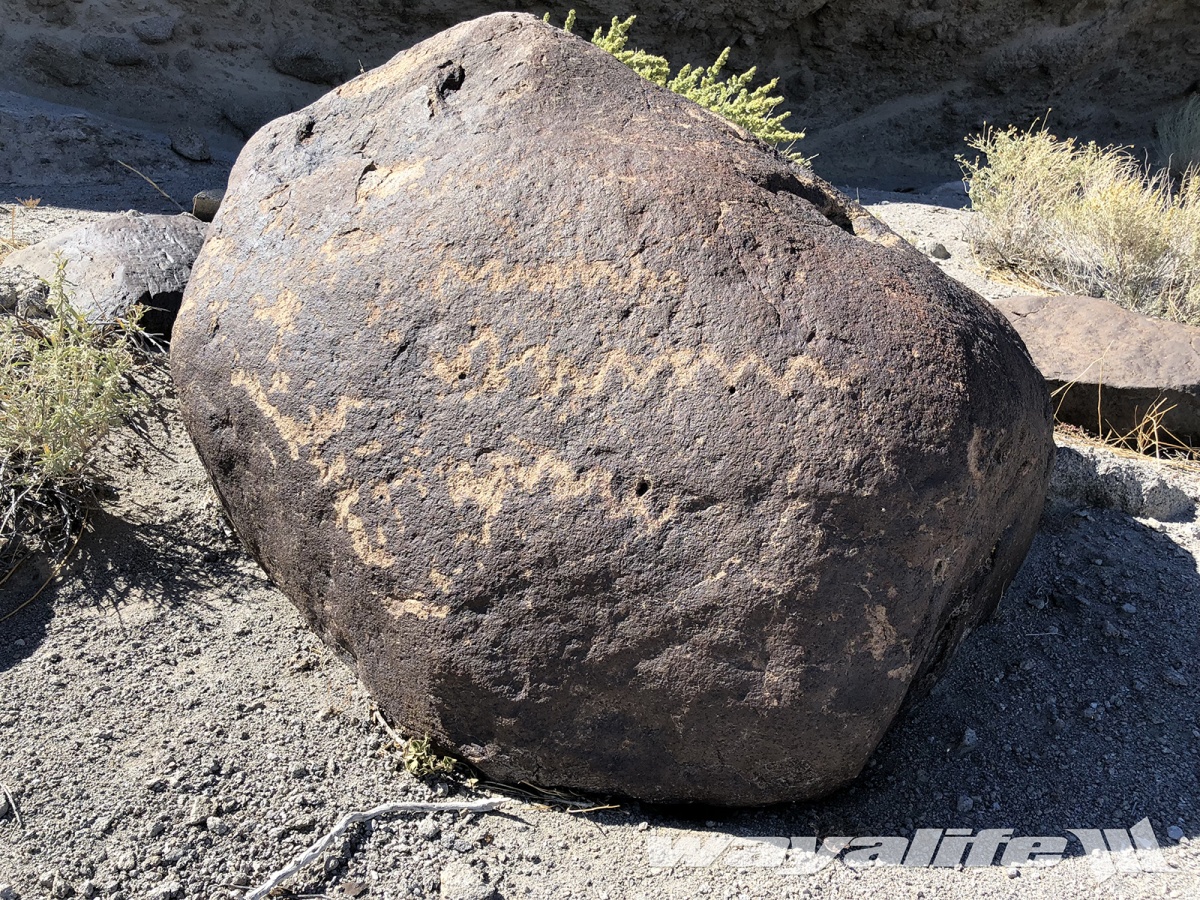
While more modern by far, we also found evidence of historic camps in this area as well.
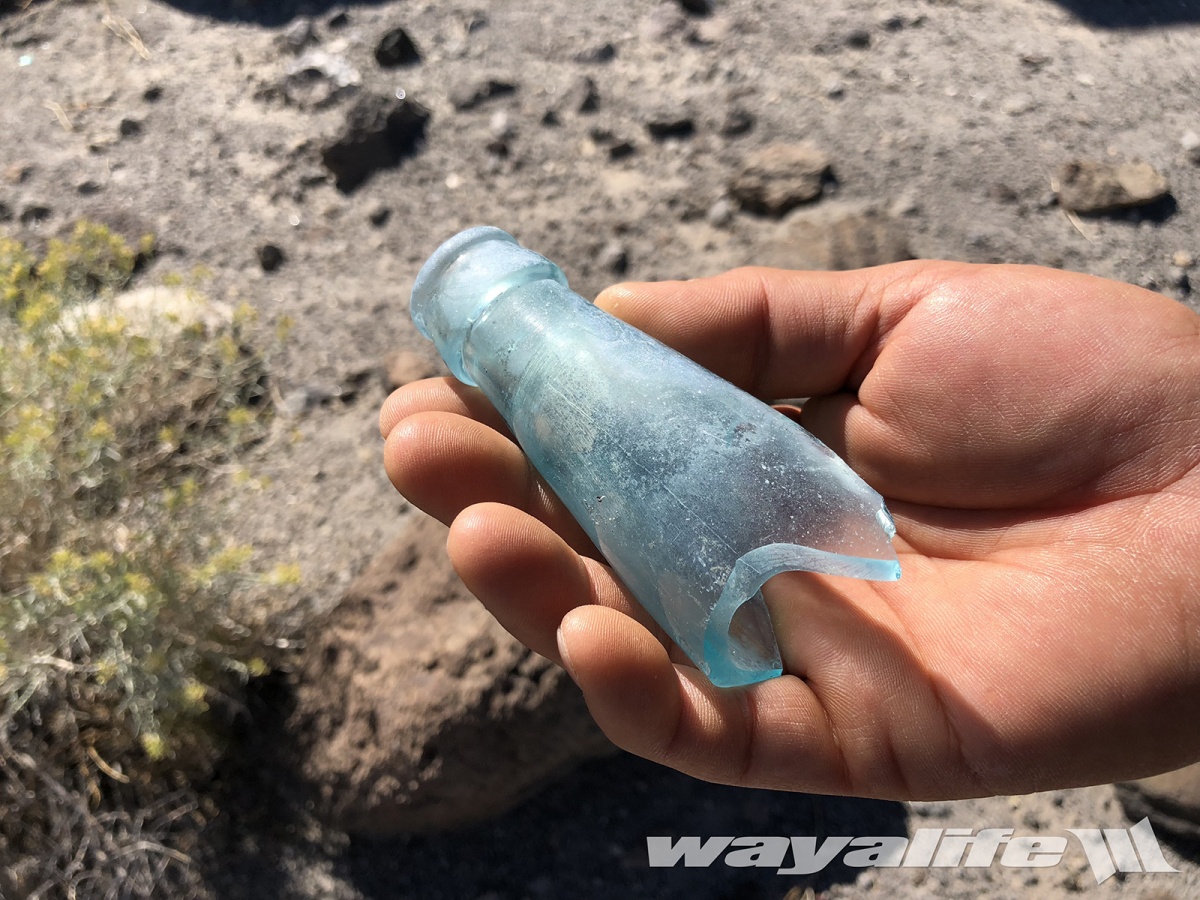
This broken bottle has a "S.G.Co." marked on the bottom of it and would mean that it was made by the Southern Glass Works Company. Written the way it is with the small letter "o", I found this bottle was most likely manufactured around 1877-1879.
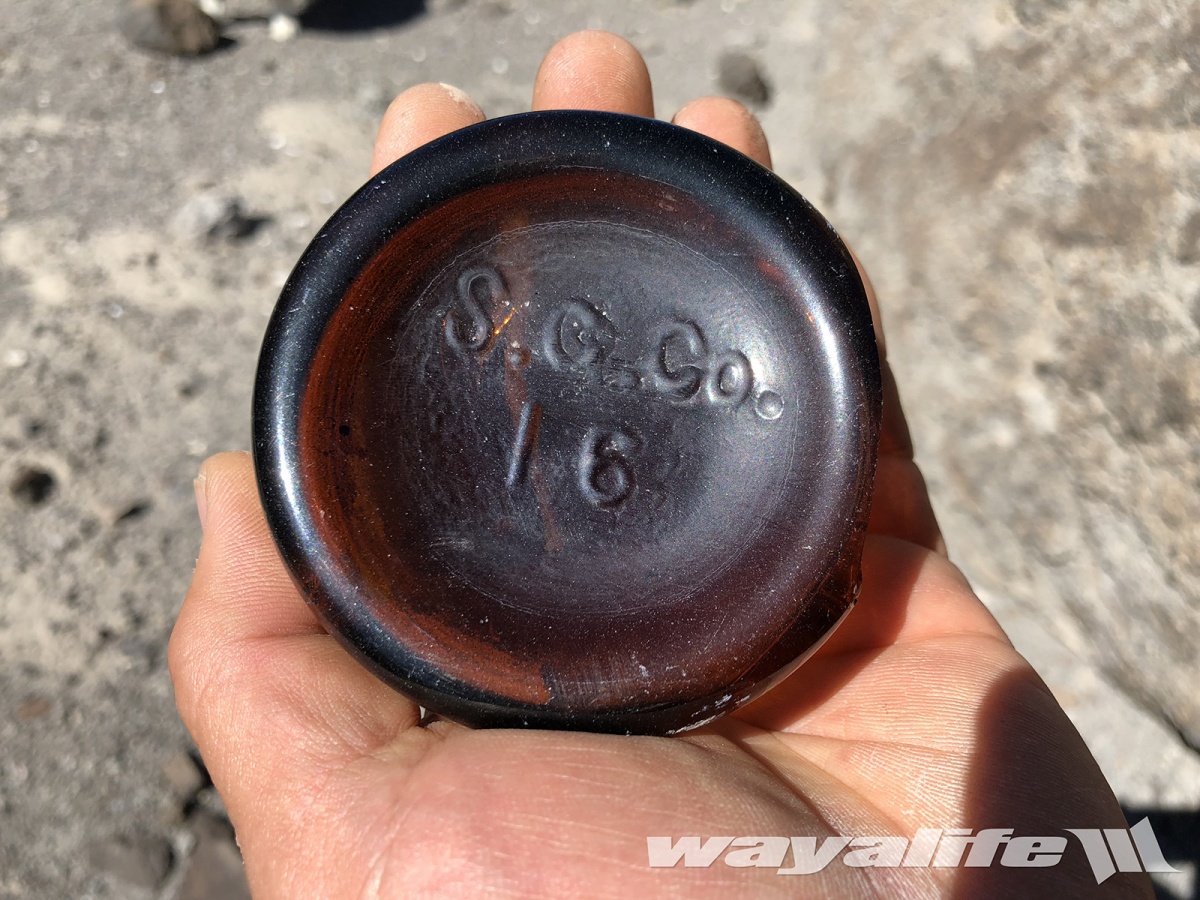
This bottle was made by the same company but as you can see, the mark shows a "S.G.CO." which would indicate it was manufactured around 1924-1925.
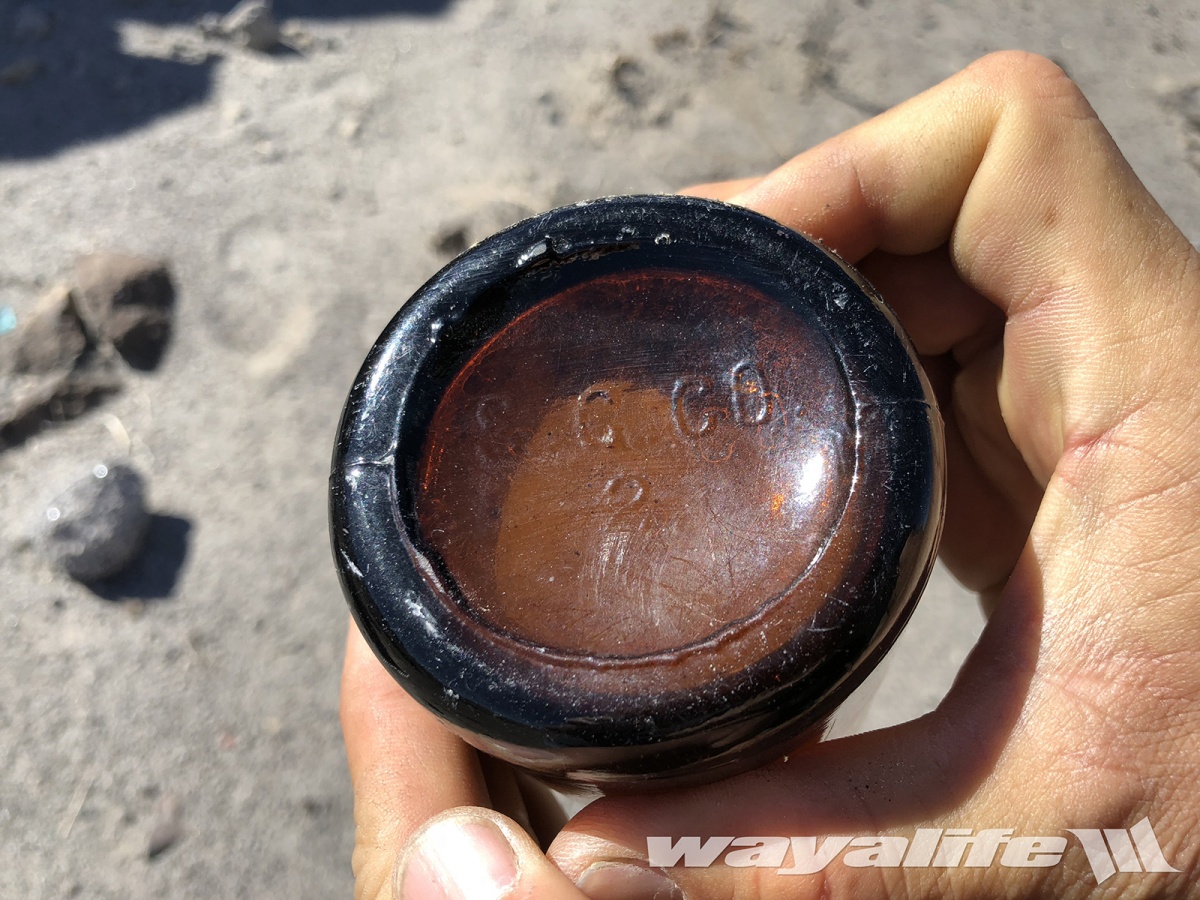
And as you can see on this thick bottle, the mark shows a capital letter "O" with the numbers "88" next to it which would mean that it was most likely made by the Graham Glass Co. somewhere between 1912-1929.
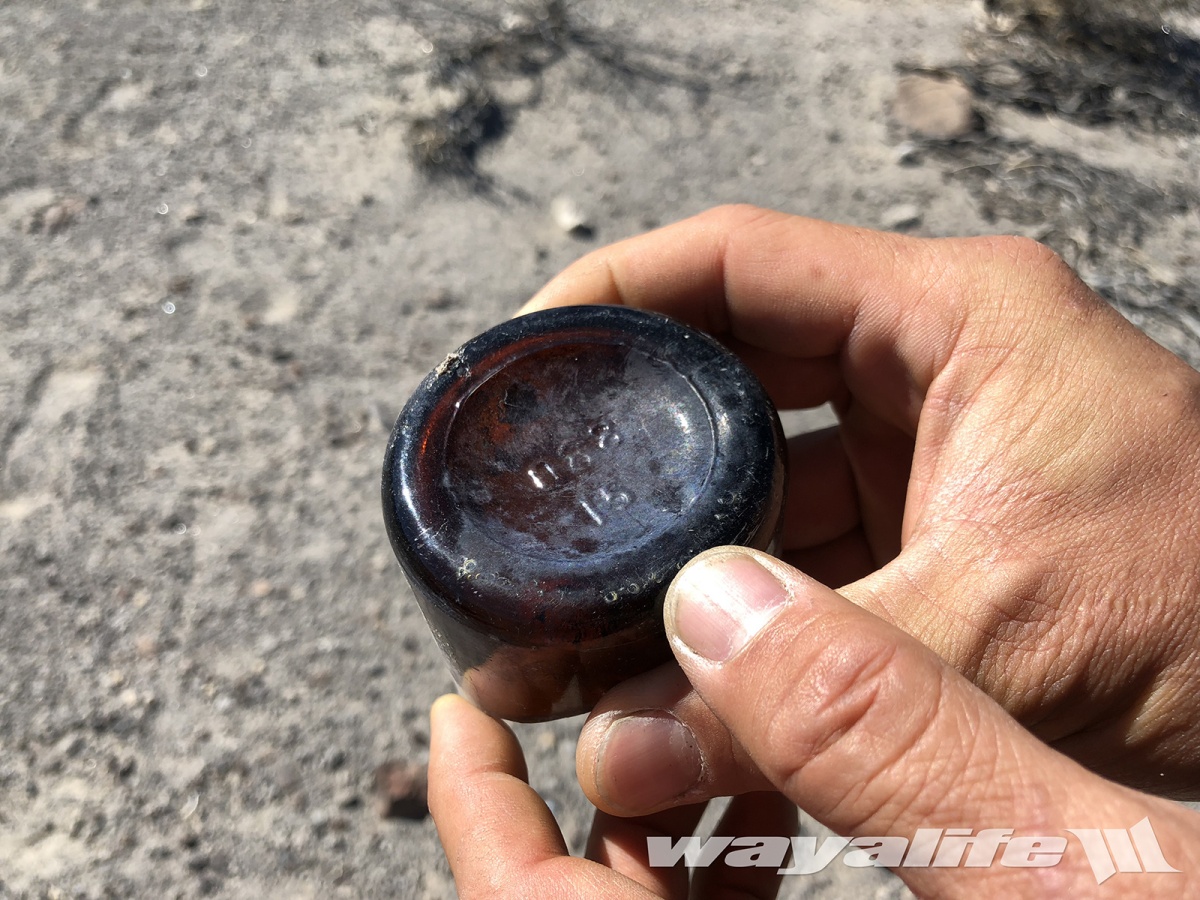
Exploring some of the cool rock formations.
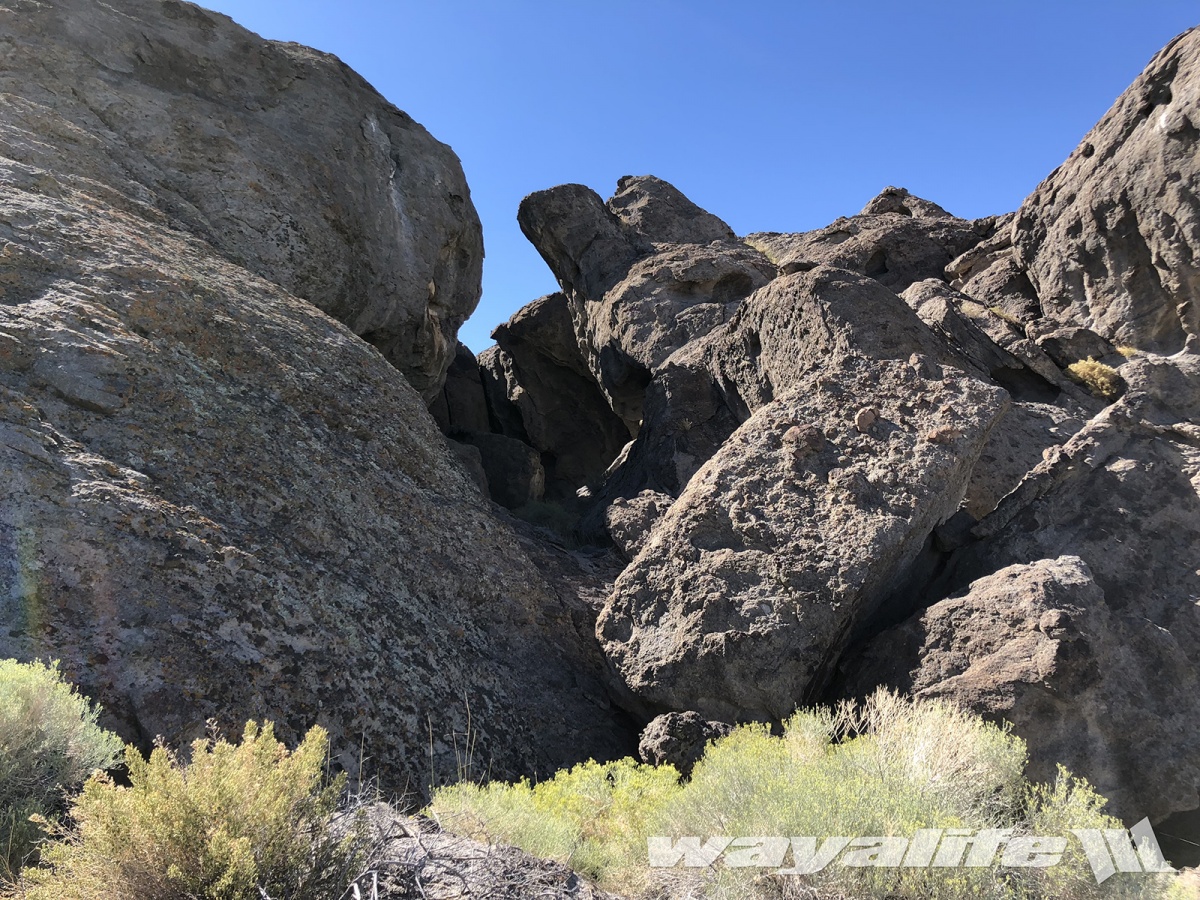
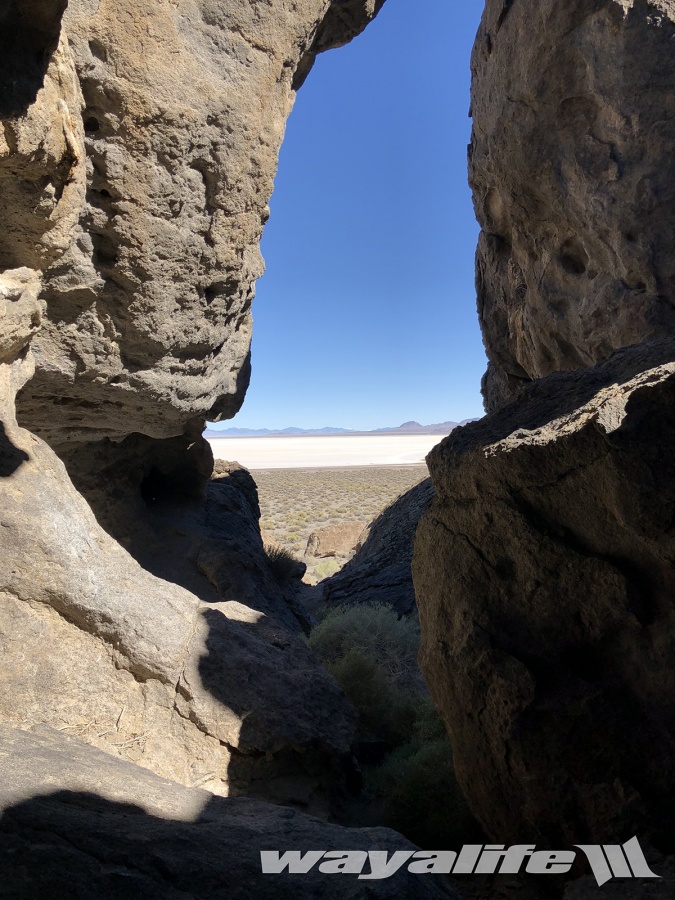
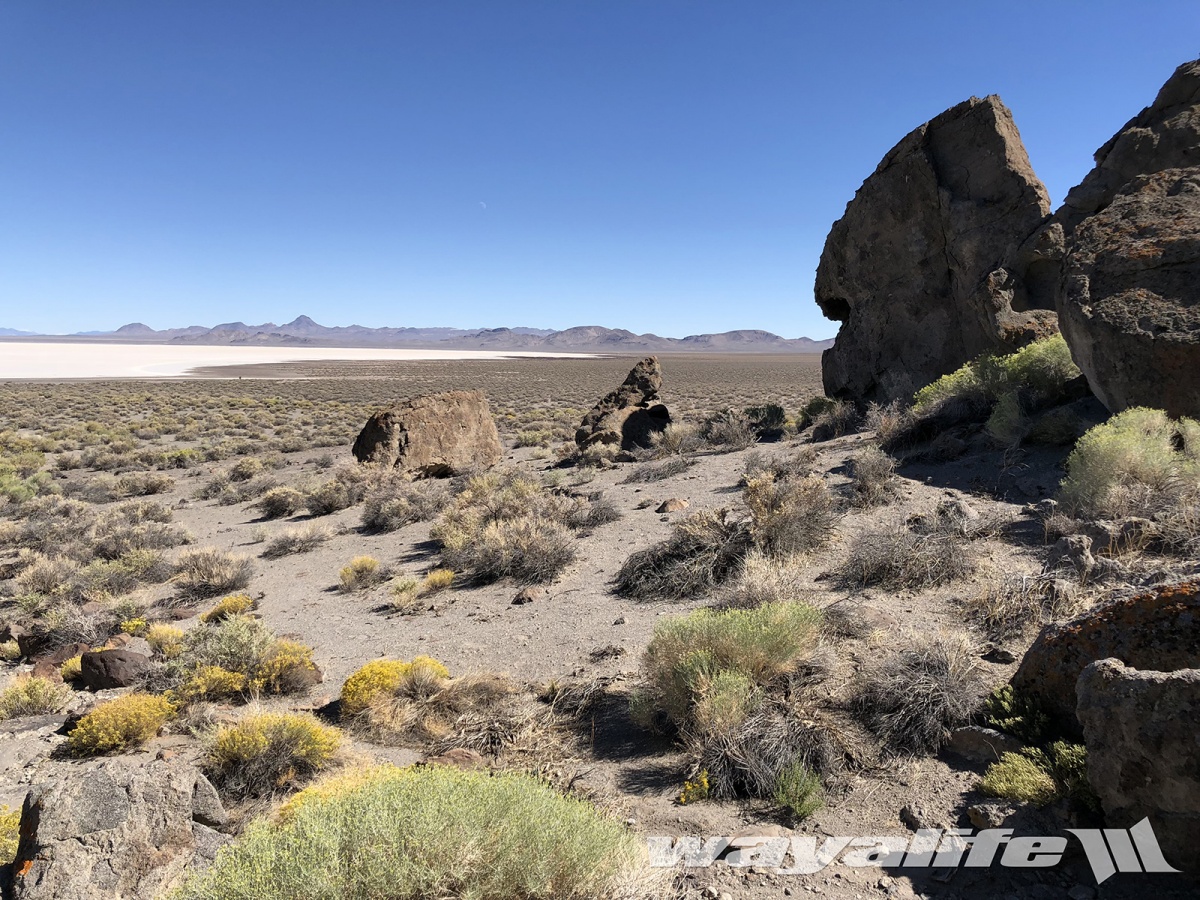
Looking back out across the lake bed.
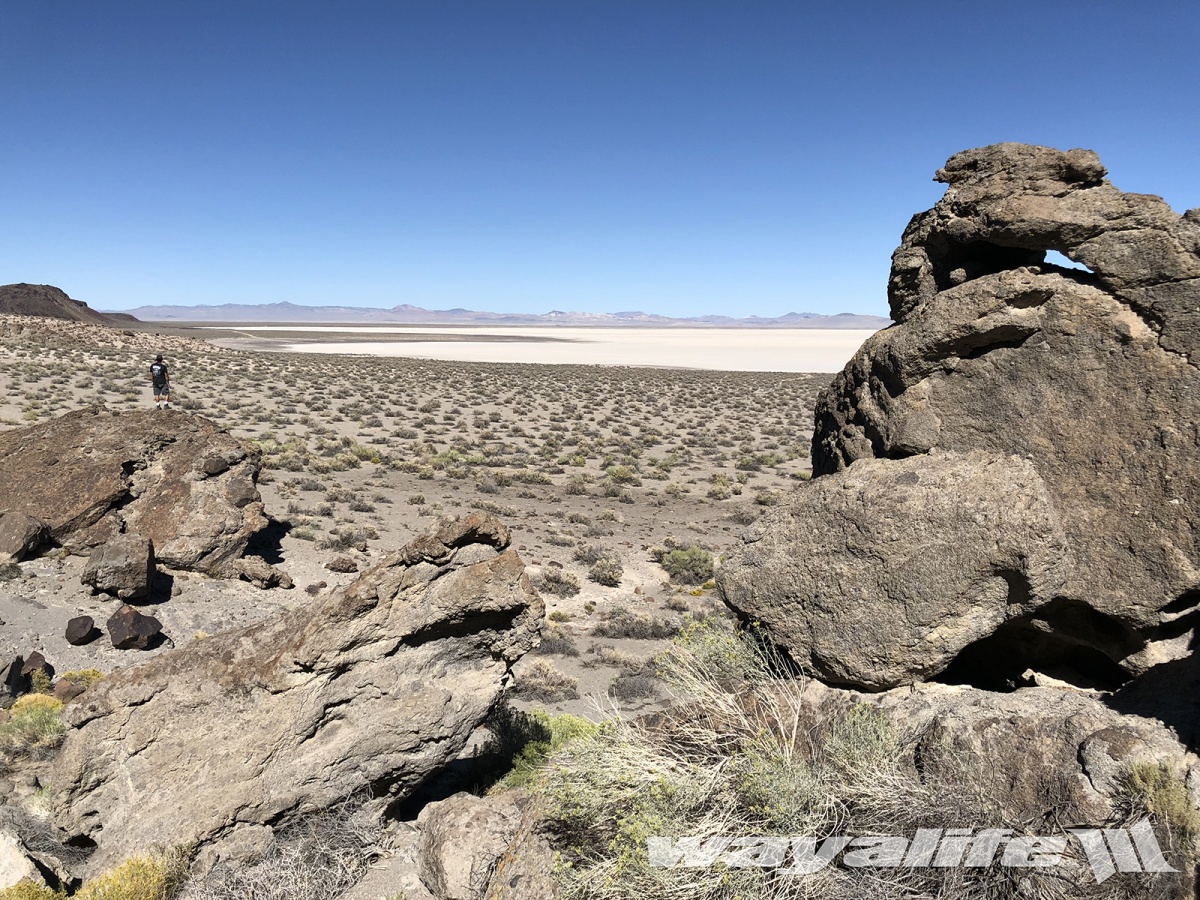
On the move again, we decided to drive along the shoreline to see what else we could find.
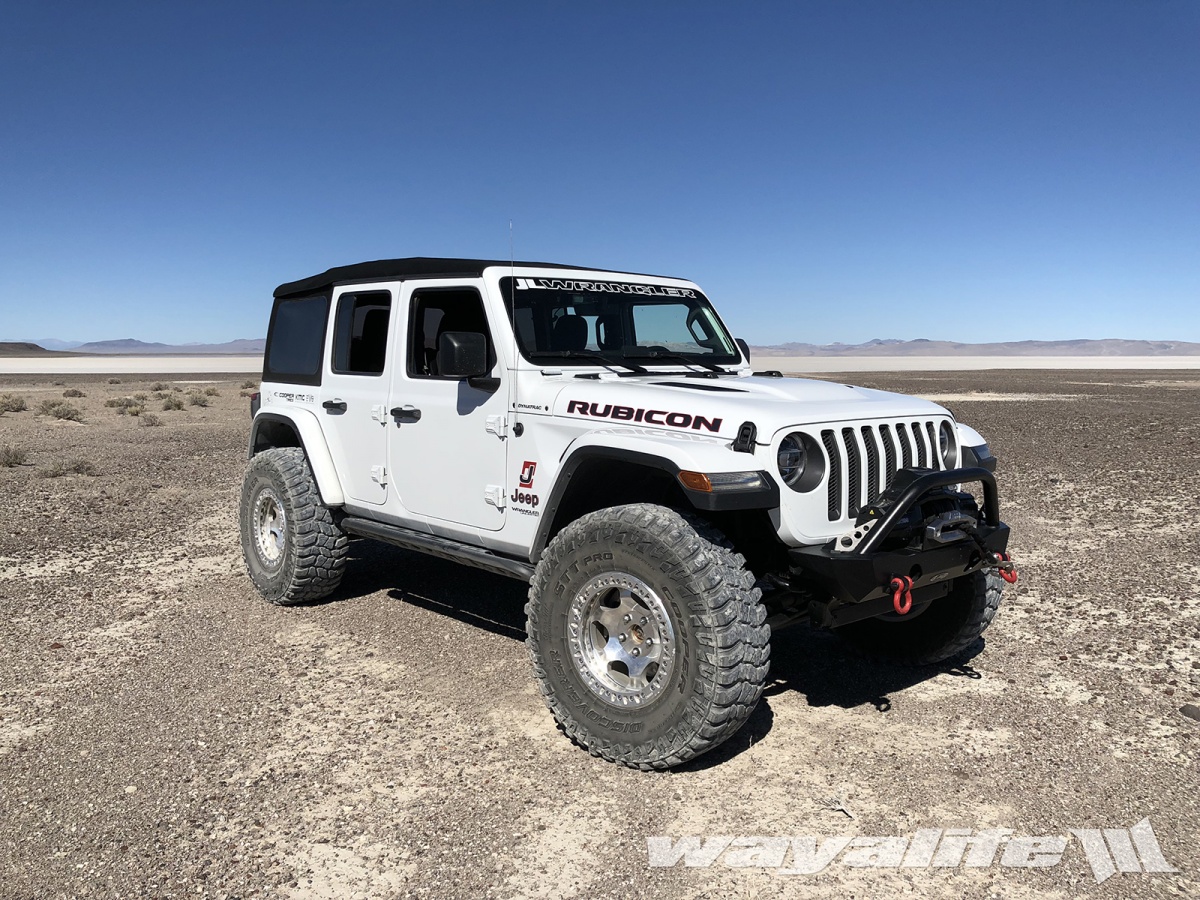
Soon, we came across the remnants of an old Mercury.
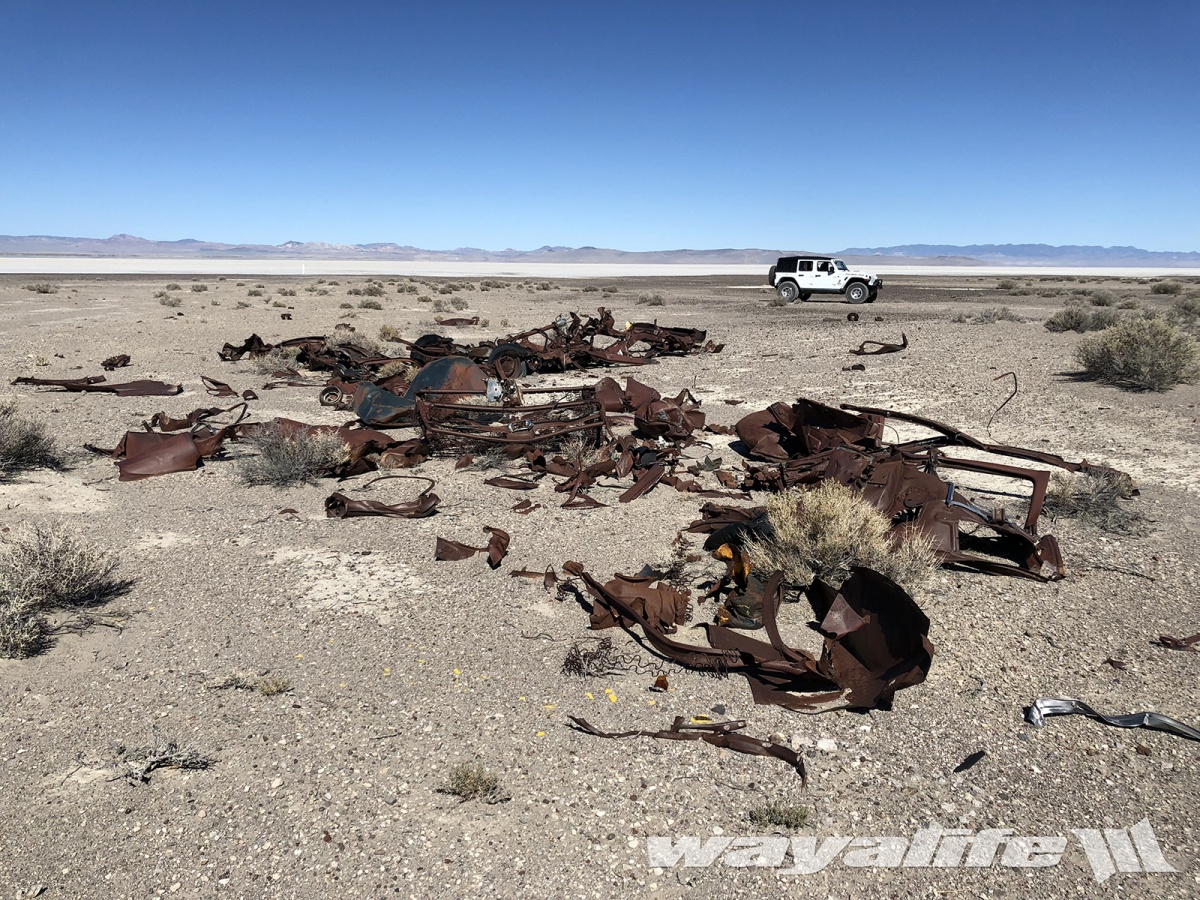
Judging by how the metal was ripped to shreds, it would appear that it was the victim of some heavy ordinance.
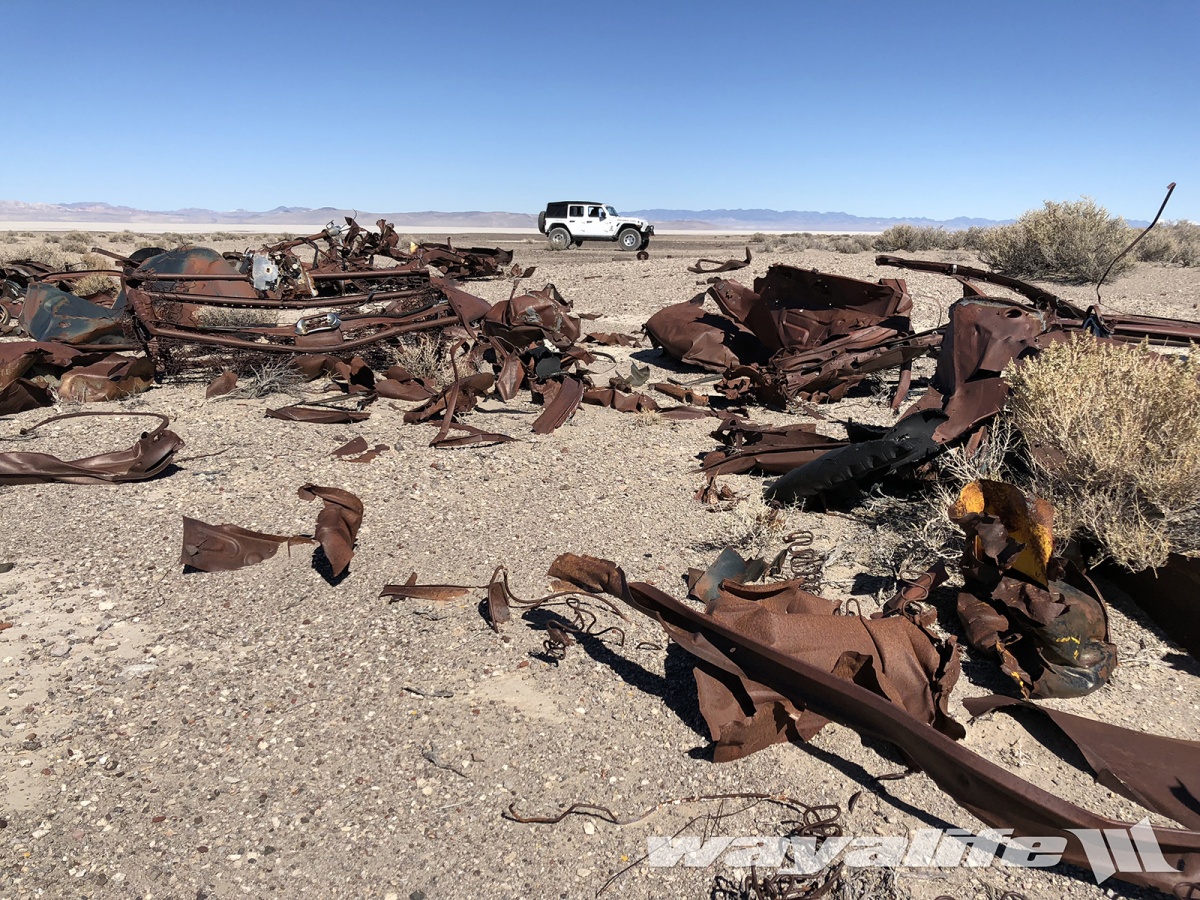

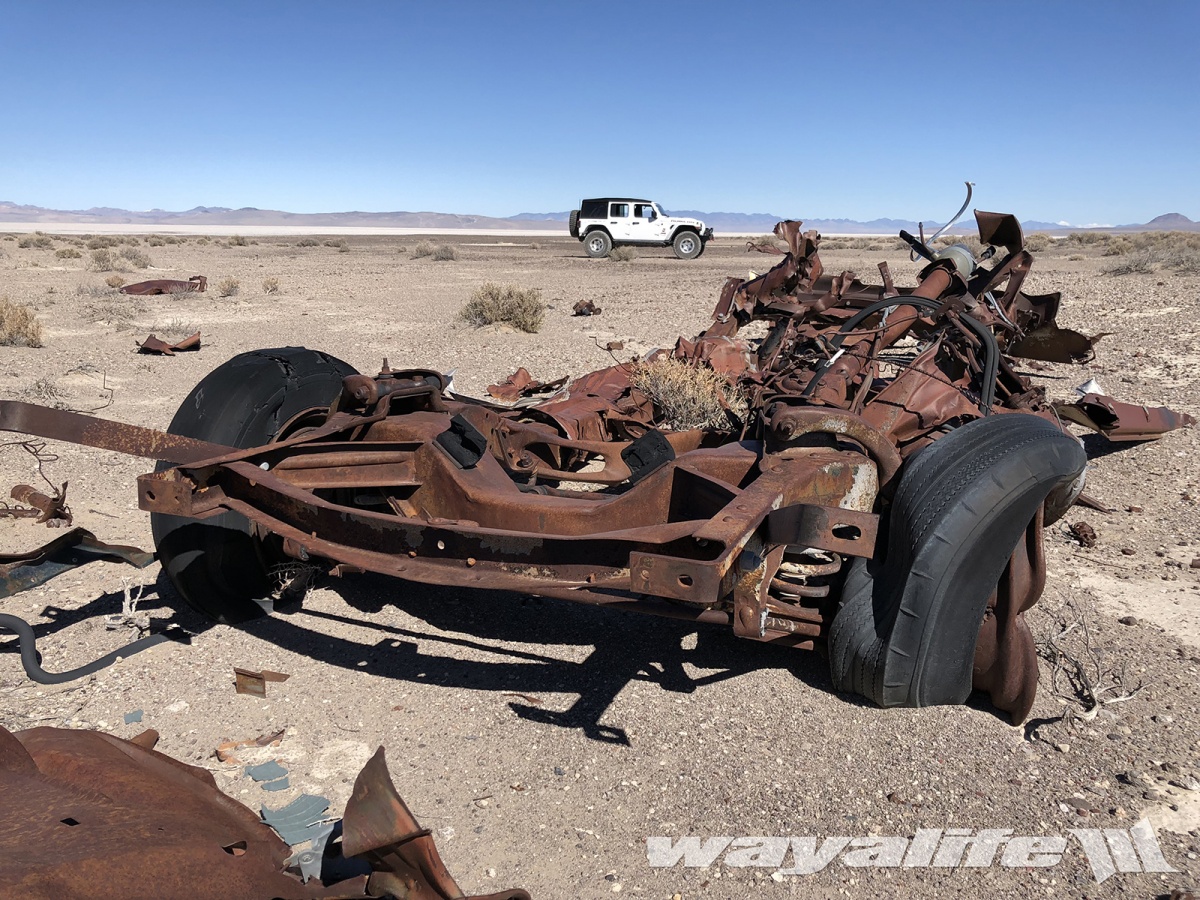
And here's the line in the sand that we won't be crossing.
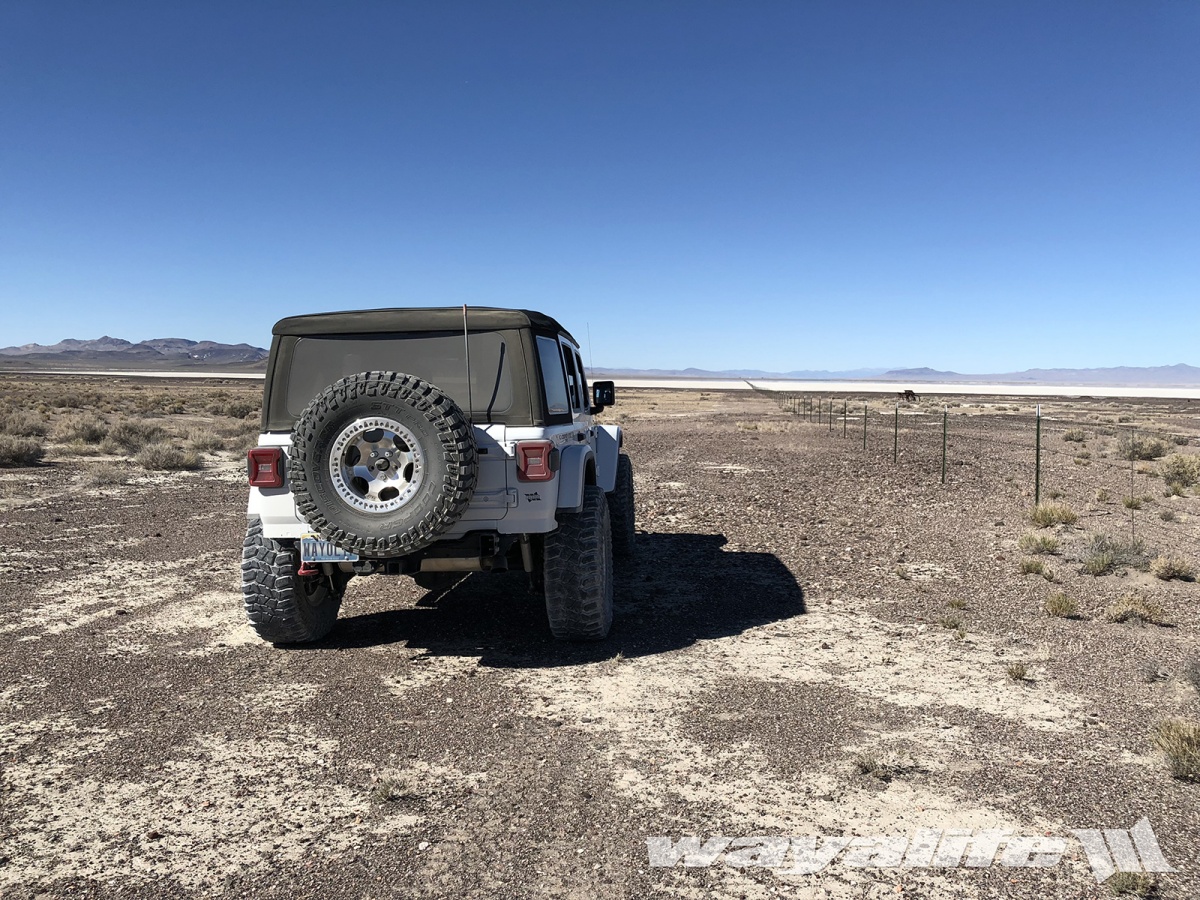
Some more cars from the 1940's that were used for target practice just on the other side of the fence.
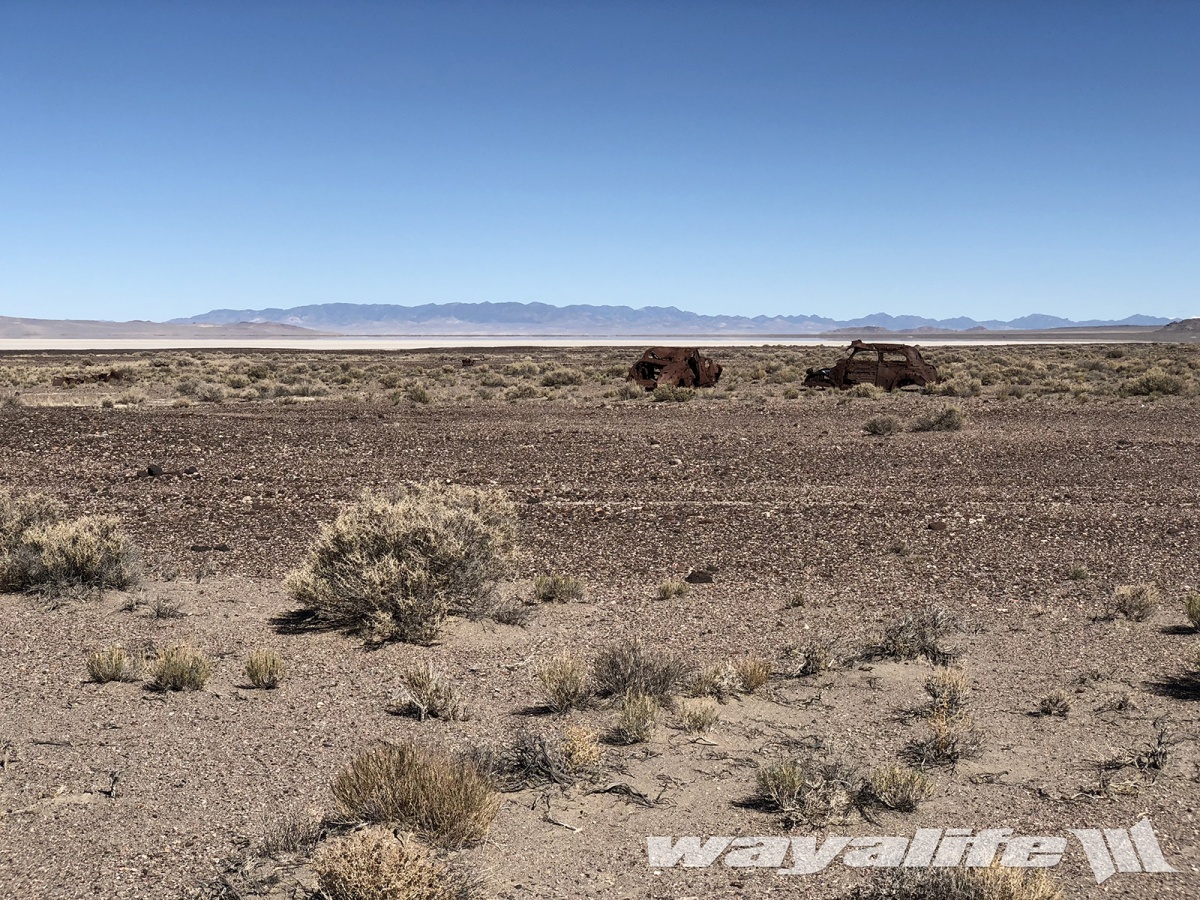
Following the fence line across the playa.
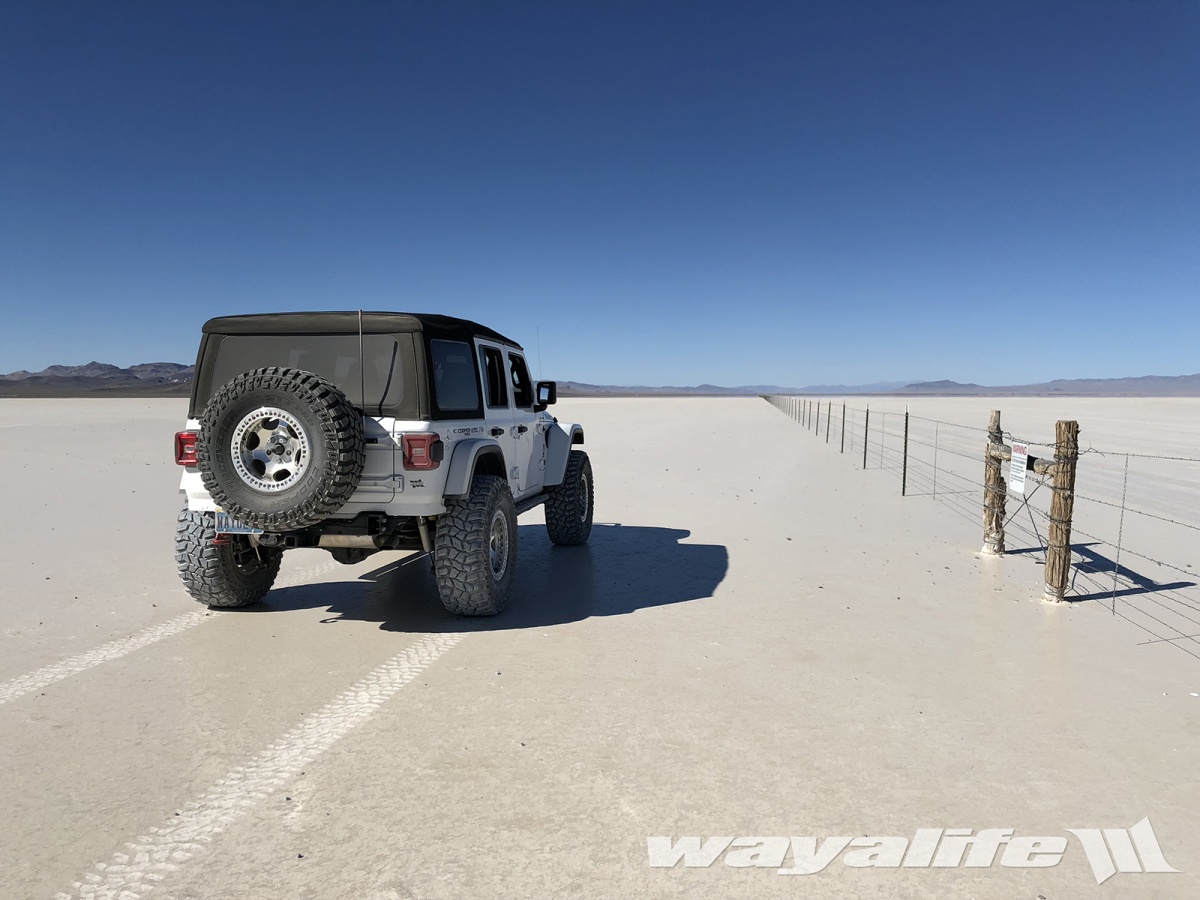
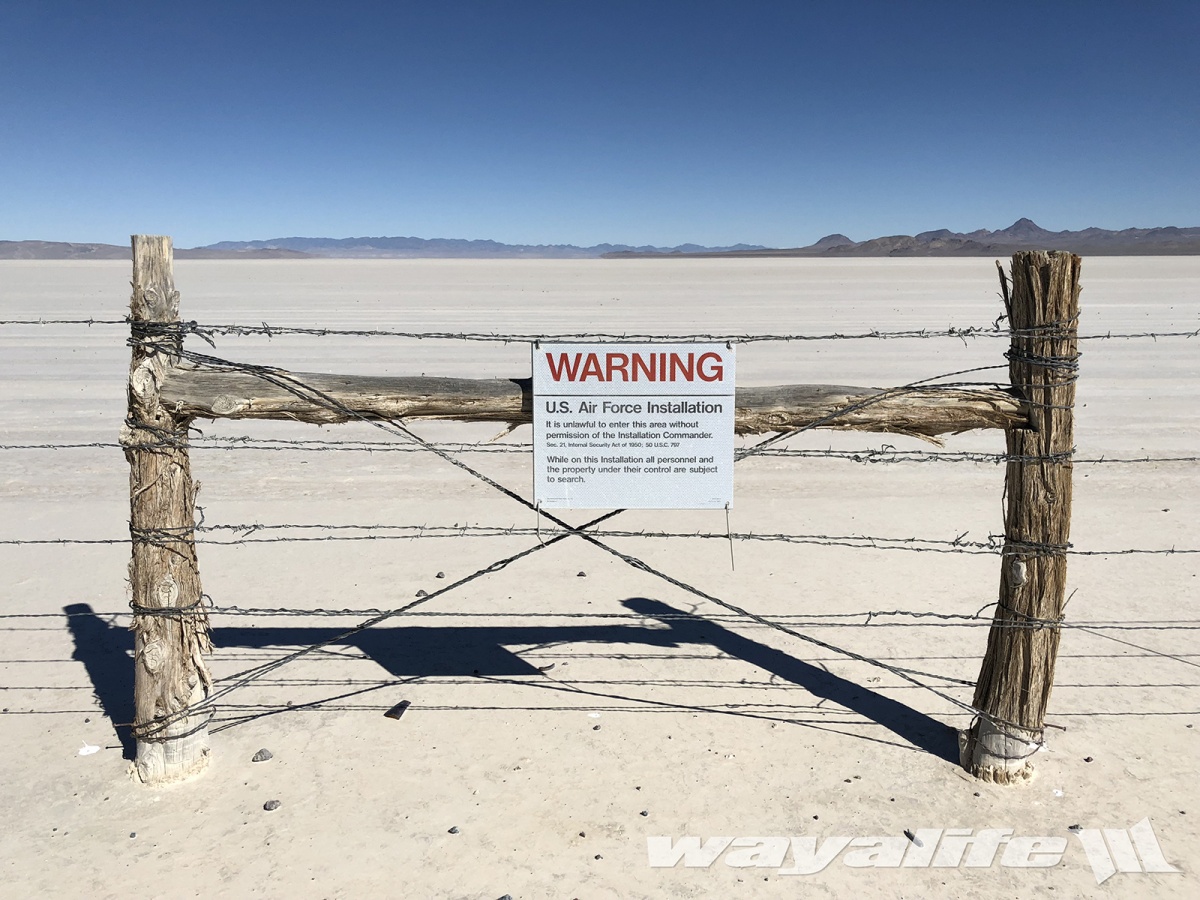
As we continued our way to the north and away from the dry lake, we continued to see evidence of military use. Looking across the desert, we noticed this odd, egg shaped object sticking out of an otherwise featureless landscape and from what we could tell, it was the remnant of an old dummy bomb. Others like it could be found later on as well.
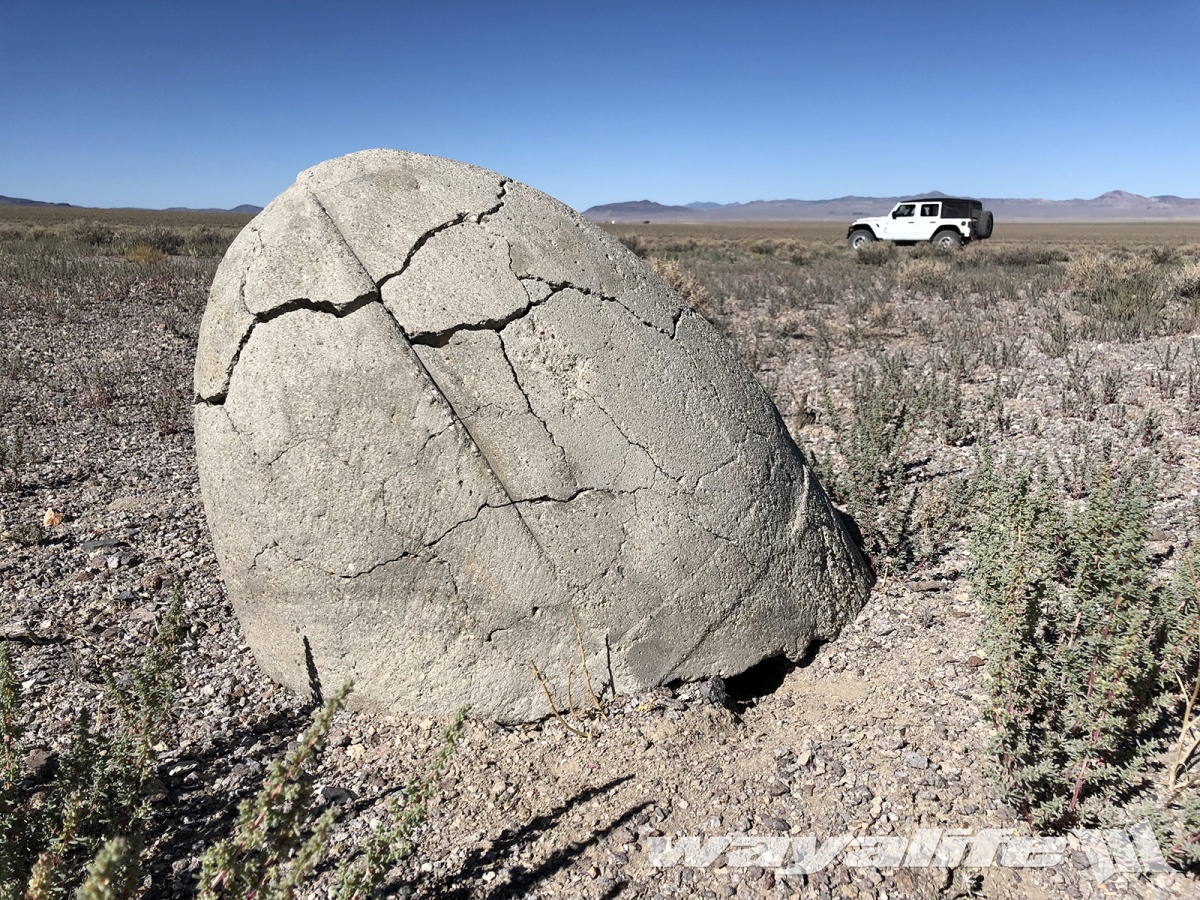
After getting back on pavement, we made a course correction for home and found ourselves over at Walker Lake just as the sun was starting to set. In addition to Pyramid Lake, this is one of the last remaining remnants the massive Pleistocene era, Lake Lahontan - one of the largest lakes to have existed in North America. A fitting way to end our day.
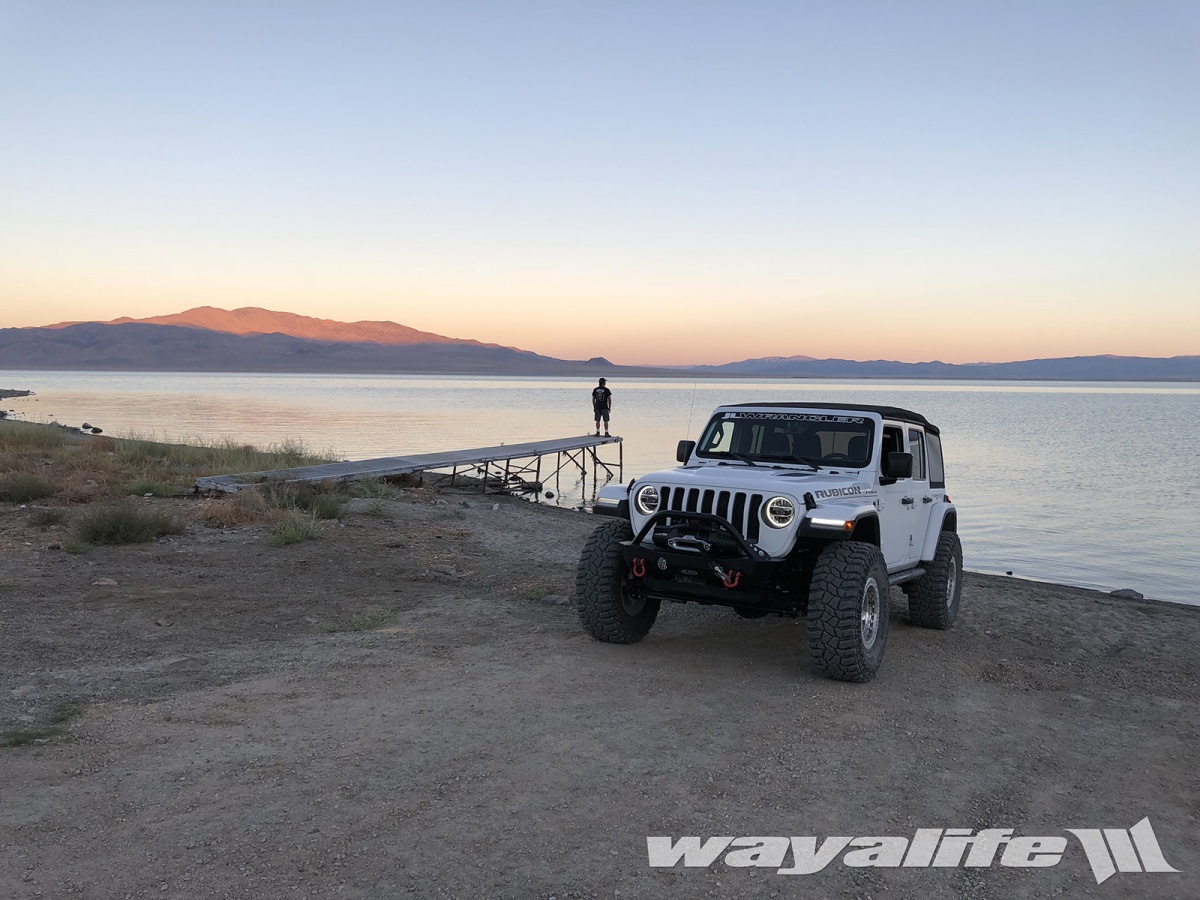
Unlike the dry lake we visited earlier in the day, Walker Lake has actually started to rise over the last couple of years thanks to a couple of good winters and now, for the first time in almost 10 years, this pier is just now starting to touch water again. With any luck, it'll continue to grow.
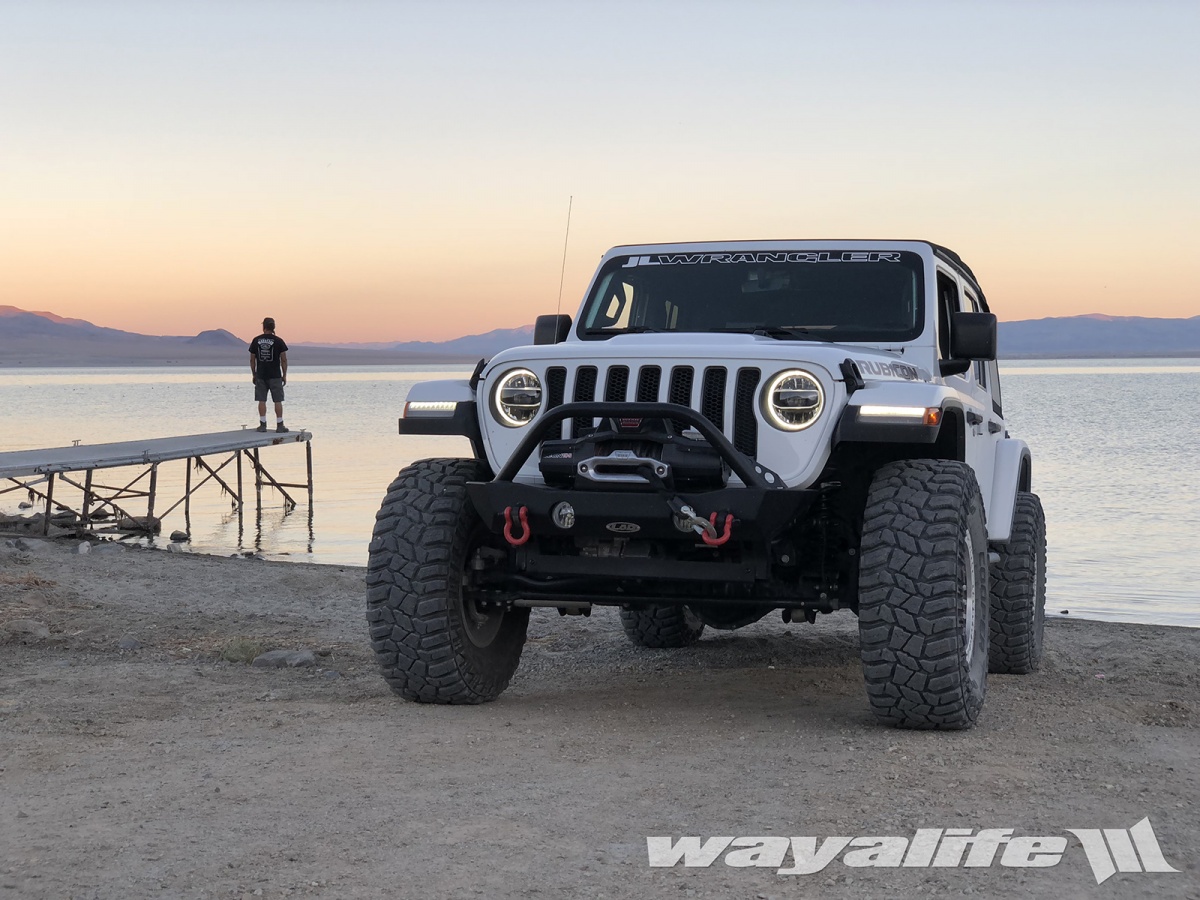
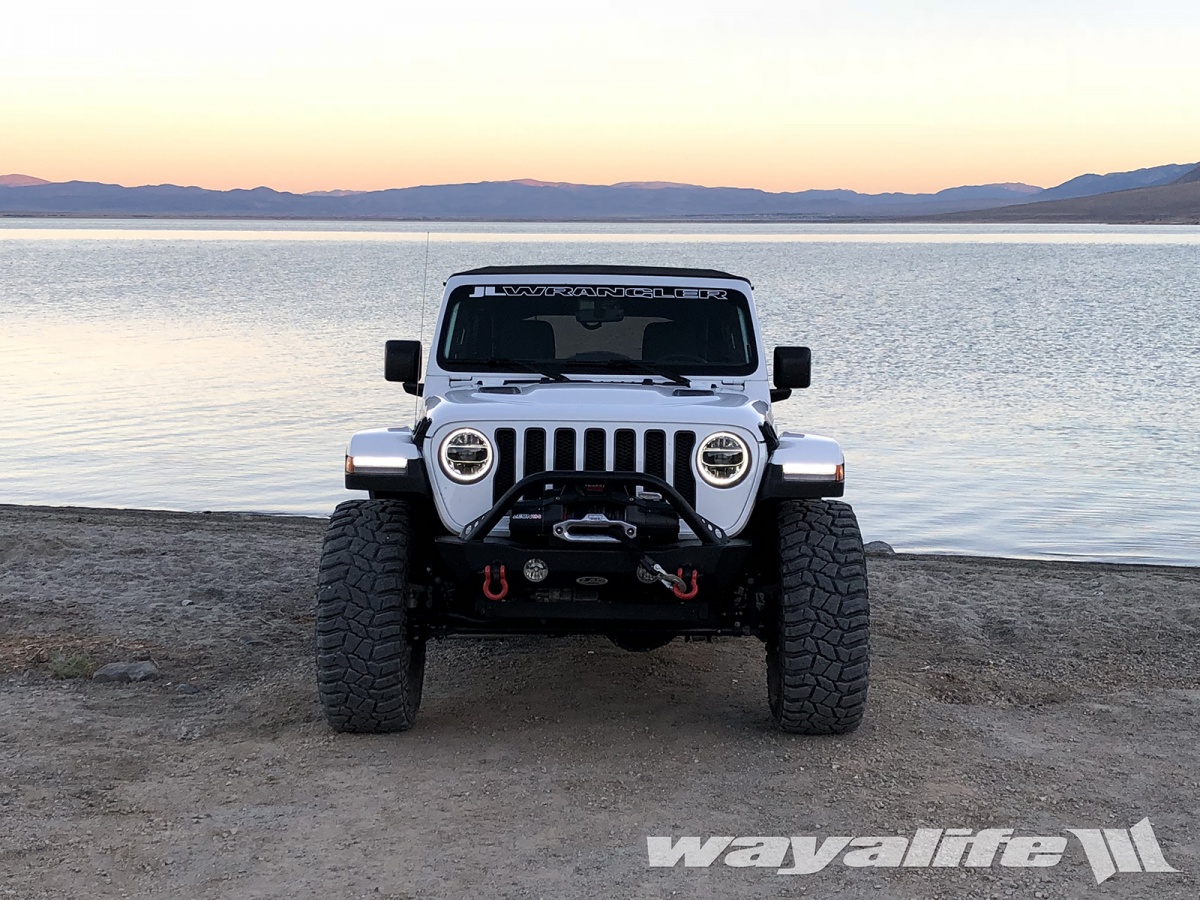
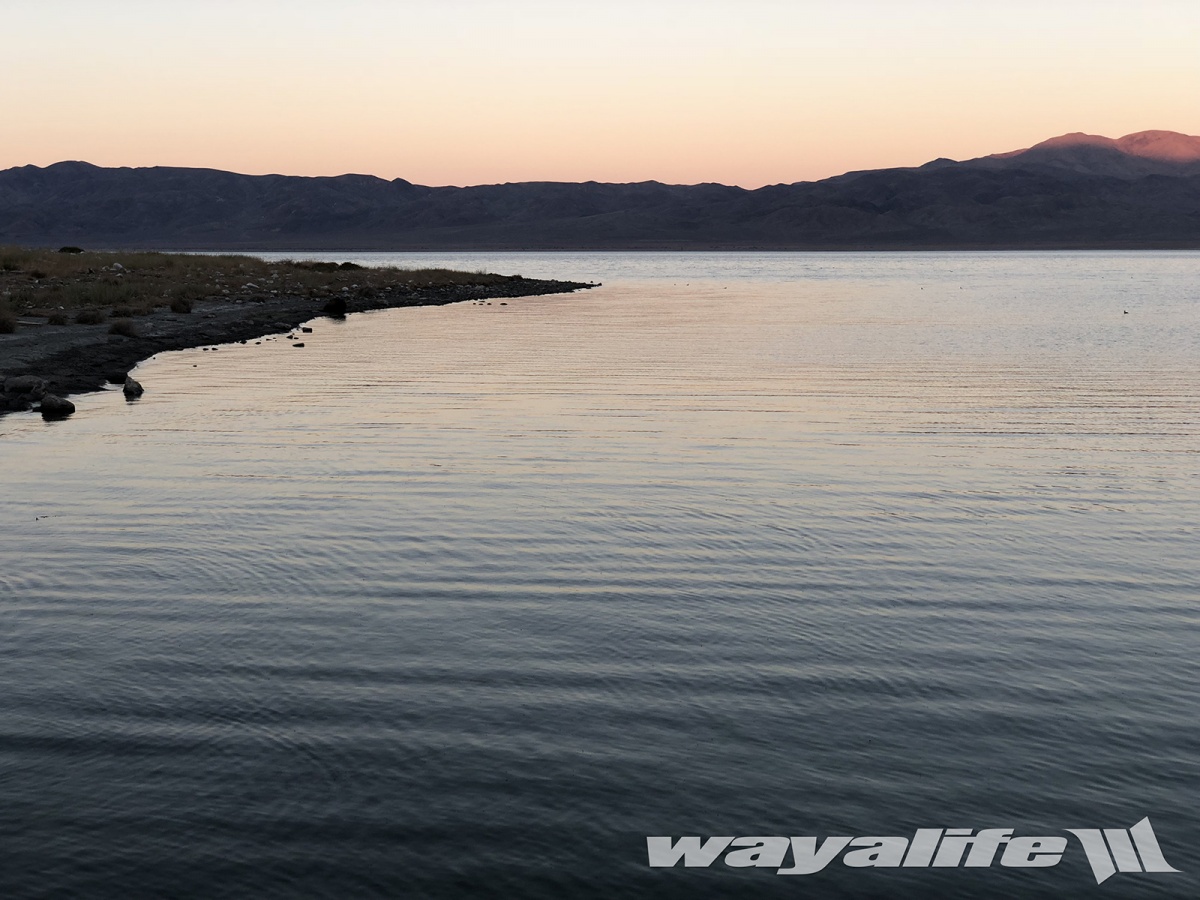
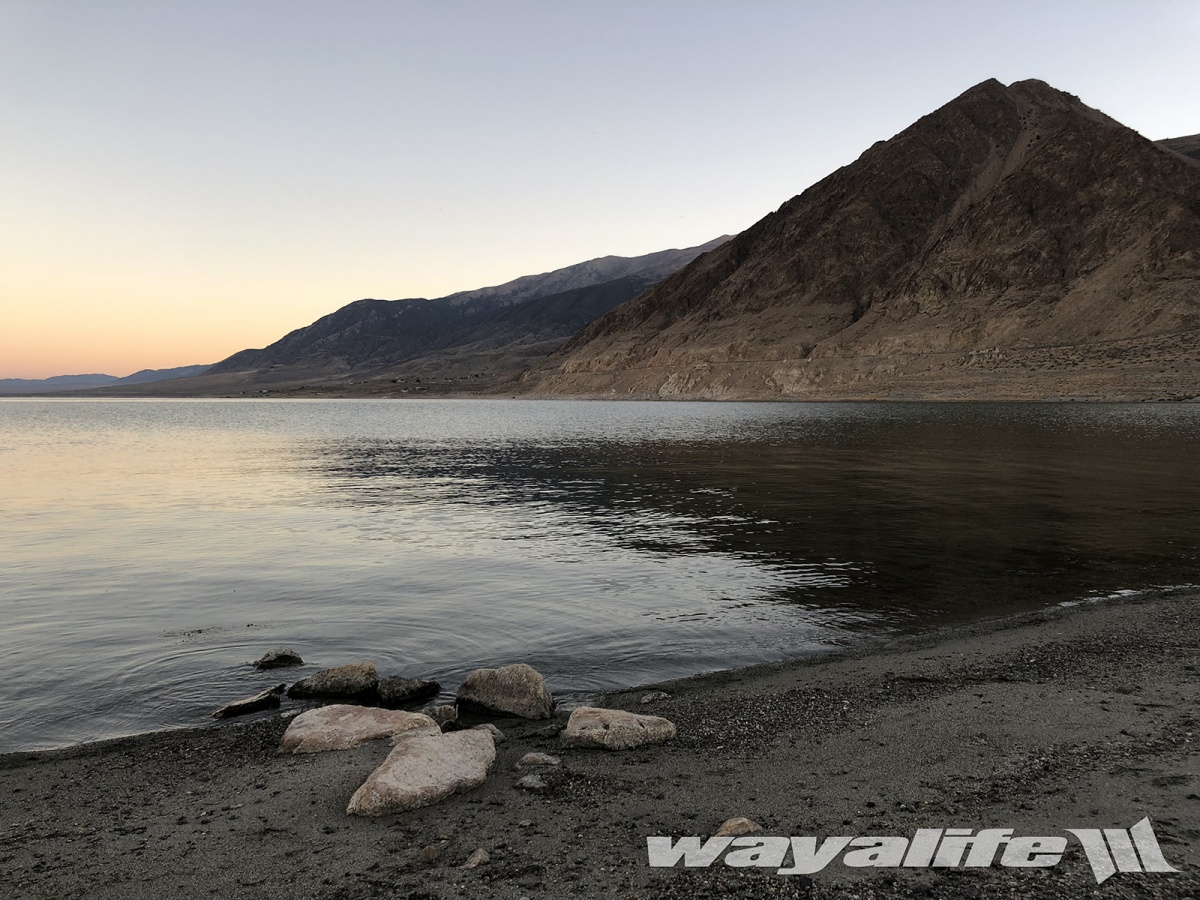
Unfortunately, we may have stayed by the lake a bit too long as the bugs came swarming in as we drove through into them at highway speeds.
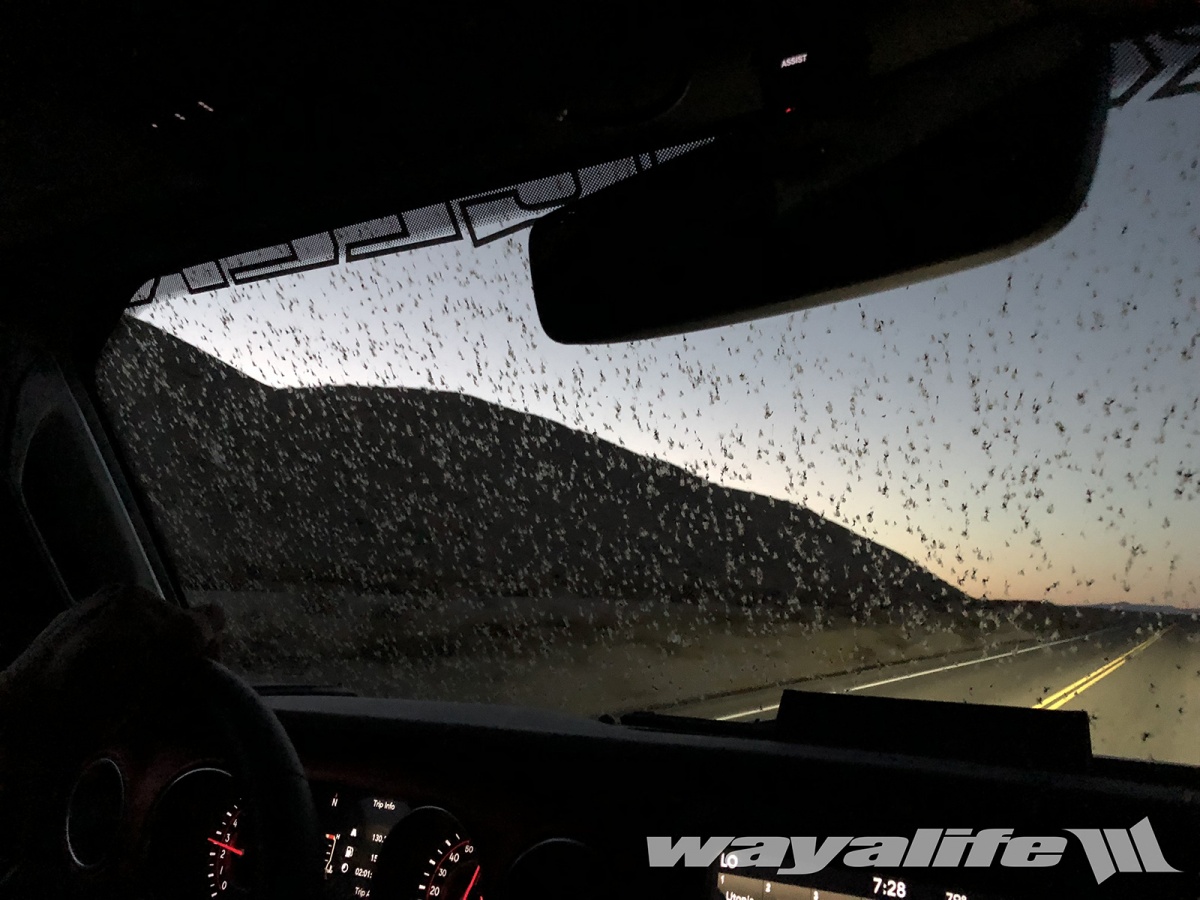
Needless to say, it was a massacre...
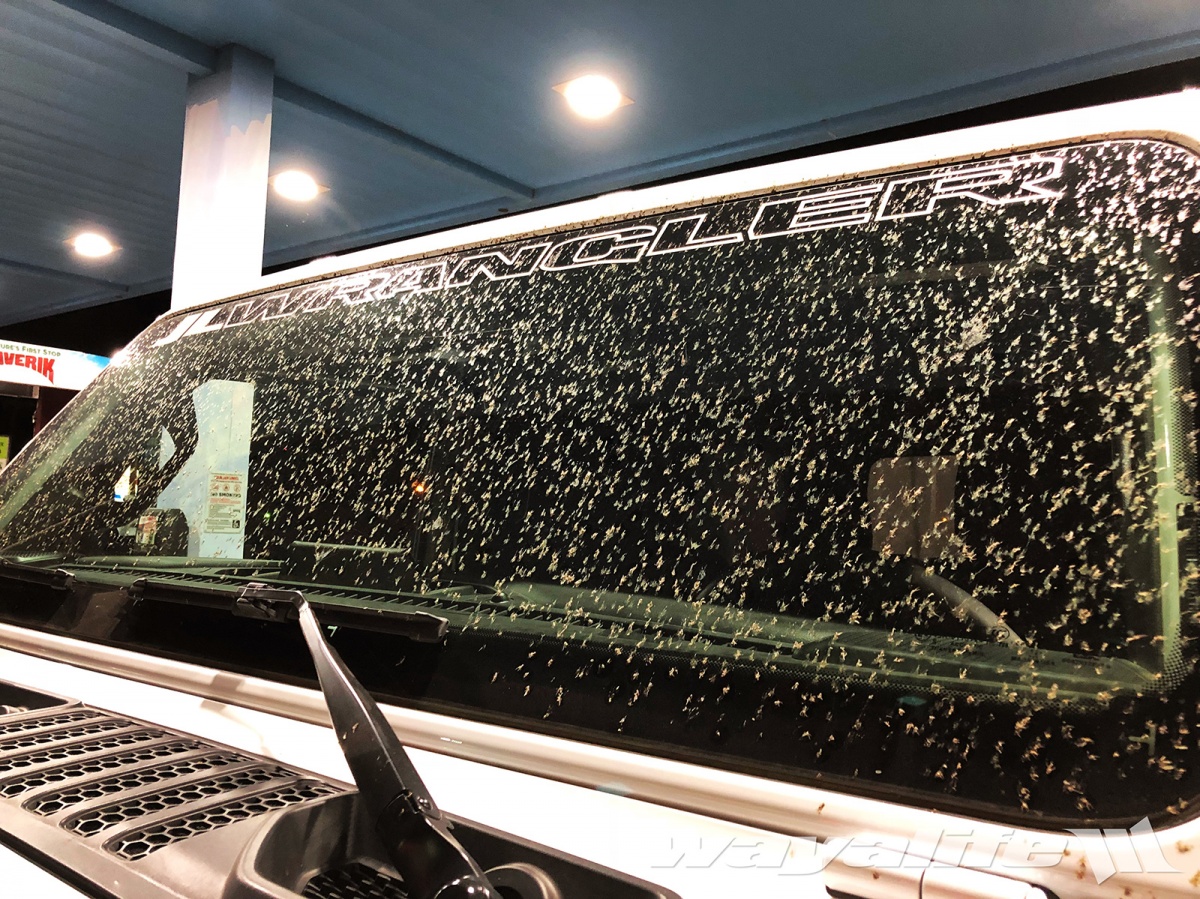
And, that was our little excursion to explore the shores of an ancient Northern Nevada dry lake as well as one that's just starting to come back to life. We hope you enjoyed our pics.
One of the things we love most about Northern Nevada is that it doesn't take a whole lot of effort to find yourself out in the middle of nowhere.


And there it is - the dry lake we've been looking for.


Diving into the dusty playa.




While there are a myriad of small black stones strewn across the surface of the playa, a closer examination showed that many of them weren't stones at all but rather, .50 cal bullets.


Back on shore, we worked our way over to an interesting looking bluff covered in tuffas.


About 10,000 years ago, this dry lake would have been filled with water and traces of ancient human habitation can be found here.

While more modern by far, we also found evidence of historic camps in this area as well.

This broken bottle has a "S.G.Co." marked on the bottom of it and would mean that it was made by the Southern Glass Works Company. Written the way it is with the small letter "o", I found this bottle was most likely manufactured around 1877-1879.

This bottle was made by the same company but as you can see, the mark shows a "S.G.CO." which would indicate it was manufactured around 1924-1925.

And as you can see on this thick bottle, the mark shows a capital letter "O" with the numbers "88" next to it which would mean that it was most likely made by the Graham Glass Co. somewhere between 1912-1929.

Exploring some of the cool rock formations.



Looking back out across the lake bed.

On the move again, we decided to drive along the shoreline to see what else we could find.

Soon, we came across the remnants of an old Mercury.

Judging by how the metal was ripped to shreds, it would appear that it was the victim of some heavy ordinance.



And here's the line in the sand that we won't be crossing.

Some more cars from the 1940's that were used for target practice just on the other side of the fence.

Following the fence line across the playa.


As we continued our way to the north and away from the dry lake, we continued to see evidence of military use. Looking across the desert, we noticed this odd, egg shaped object sticking out of an otherwise featureless landscape and from what we could tell, it was the remnant of an old dummy bomb. Others like it could be found later on as well.

After getting back on pavement, we made a course correction for home and found ourselves over at Walker Lake just as the sun was starting to set. In addition to Pyramid Lake, this is one of the last remaining remnants the massive Pleistocene era, Lake Lahontan - one of the largest lakes to have existed in North America. A fitting way to end our day.

Unlike the dry lake we visited earlier in the day, Walker Lake has actually started to rise over the last couple of years thanks to a couple of good winters and now, for the first time in almost 10 years, this pier is just now starting to touch water again. With any luck, it'll continue to grow.




Unfortunately, we may have stayed by the lake a bit too long as the bugs came swarming in as we drove through into them at highway speeds.

Needless to say, it was a massacre...

And, that was our little excursion to explore the shores of an ancient Northern Nevada dry lake as well as one that's just starting to come back to life. We hope you enjoyed our pics.
